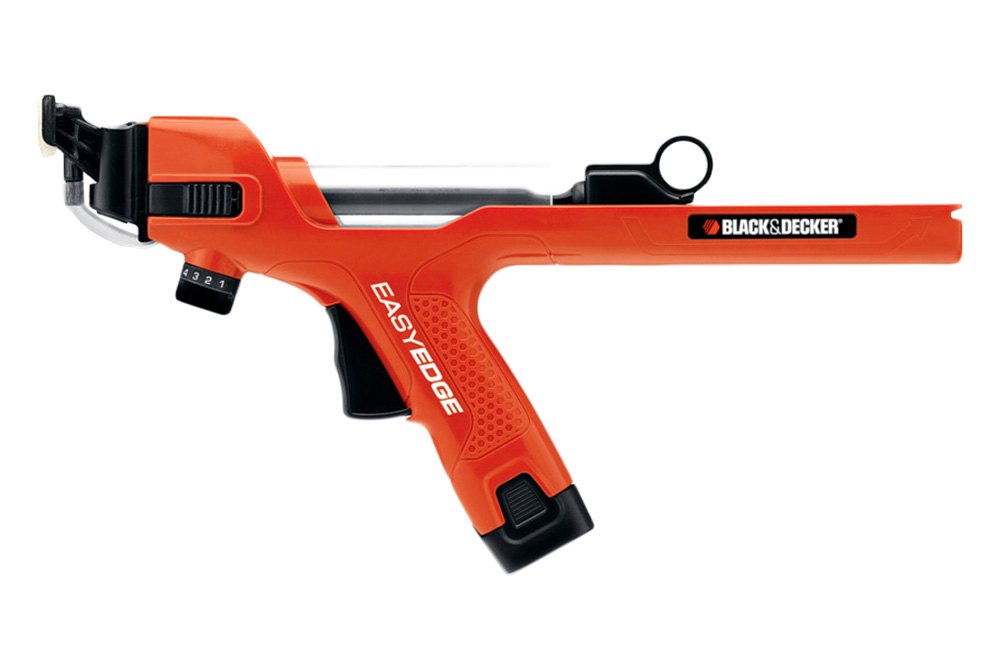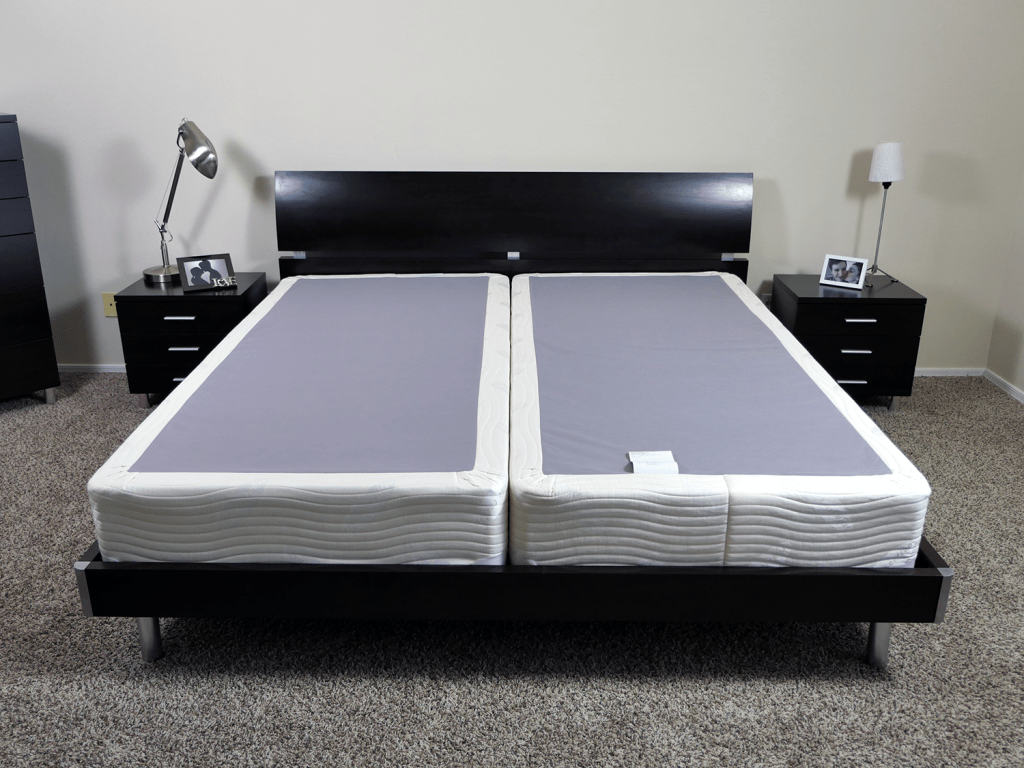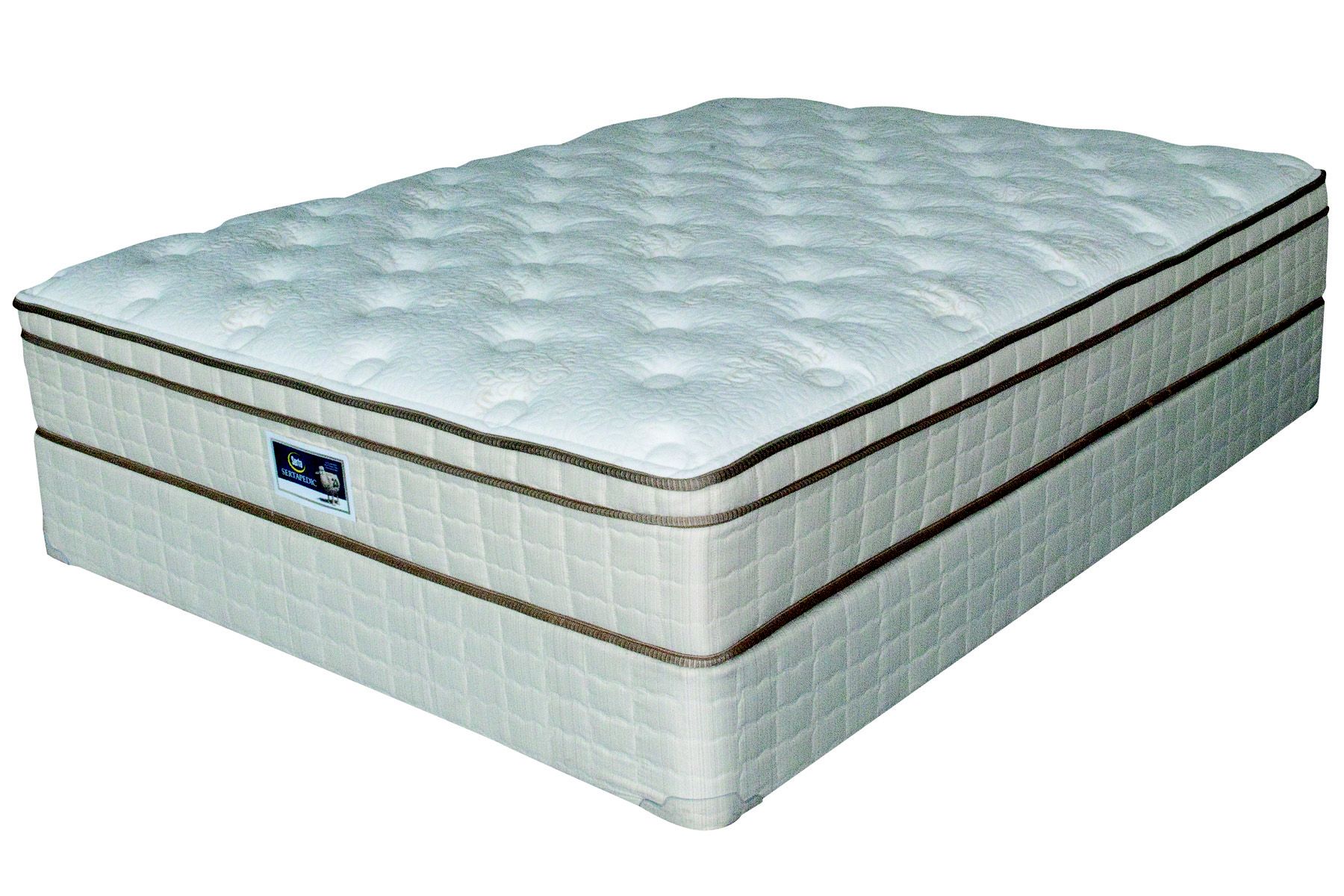The first and most essential material you will need to paint your living room is a paint roller. This tool will make it easier and faster to cover large areas of your walls with paint. Look for a roller with a medium nap, around 3/8 inches, as it is ideal for most wall surfaces. You can also opt for a larger or smaller size depending on the size of your walls.1. Paint Roller
A paint tray is another must-have when painting your living room. It is where you pour and mix your paint, making it easier to load your roller. Look for a tray with a deep well to prevent spills and splatters. You can also use a disposable paint tray liner for easy cleanup.2. Paint Tray
A paint brush is essential for cutting in, which is the process of painting the edges and corners of your walls that cannot be reached with a roller. Choose a quality brush with synthetic bristles, as they are more versatile and durable. A 2- or 2.5-inch brush is ideal for painting walls.3. Paint Brush
Protect your floors and furniture from accidental spills and splatters by using a drop cloth. You can use old bedsheets or plastic sheets, but it is recommended to invest in a canvas drop cloth for better protection. Make sure to cover all surfaces, including furniture and floors, before starting to paint.4. Drop Cloth
For a professional-looking finish, you will need painter's tape to create clean and straight lines. This tape is designed to easily peel off without damaging your walls, making it perfect for use on painted surfaces. Use it to tape off edges, baseboards, and trim.5. Painter's Tape
Before painting your living room, make sure to apply a coat of paint primer. This will help the paint adhere better to the walls and create a smoother finish. Choose a primer that is compatible with the type of paint you will be using and follow the instructions for application.6. Paint Primer
Using a paint tray liner will make cleanup a breeze. Instead of washing your paint tray after every use, you can simply dispose of the liner and use a new one for your next painting session. This will save you time and effort, and you can focus on completing your living room makeover.7. Paint Tray Liner
Before painting, make sure to stir your paint with a paint stirrer. This will ensure an even consistency and prevent any lumps or chunks in your paint. You can use a stir stick or a specialized paint stirrer attachment for your drill.8. Paint Stirrer
For a smooth and even application of paint, you will need a paint roller cover. These covers come in different materials, such as lambswool, foam, or synthetic, and different nap sizes. Choose the one that is suitable for the type of paint you will be using and the texture of your walls.9. Paint Roller Cover
A paint edger is a handy tool that allows you to paint around edges, corners, and trim without the need for a brush. It has a pad that you can load with paint and glide along the surface, giving you a clean and professional-looking finish. This tool is especially useful for beginners. Now that you know the top 10 materials needed to paint your living room, you can start your painting project with confidence. Make sure to have all these materials on hand before starting, and follow the proper safety precautions when handling paint. Happy painting!10. Paint Edger
Additional Materials for an Elevated Living Room Paint Job

Primer

While not always necessary, using a primer before painting can greatly enhance the final results of your living room paint job. It helps to create a smooth and even surface for the paint to adhere to, especially if your walls have any imperfections or previous paint colors. A good primer can also help to cover up any stains or dark colors, making your chosen paint color appear more vibrant and true to its shade.
Painter's Tape

Painter's tape is an essential tool for any painting project, and the living room is no exception. This low-tack tape is designed to be easily removed without damaging your walls or leaving behind any residue. It's perfect for creating clean and crisp lines between walls and trim, or for creating geometric designs on your walls. Make sure to invest in high-quality painter's tape to ensure a professional-looking paint job.
Drywall Patch

If your living room walls have any holes or dents, it's important to patch them up before painting. This will ensure a smooth and flawless finish, without any noticeable imperfections. You can find drywall patch kits at most hardware stores, and they are easy to use for even the most novice DIYers. Just follow the instructions on the kit and allow the patches to dry completely before painting over them.
Drop Cloths

Protecting your floors and furniture during a paint job is crucial. Drop cloths are inexpensive and can save you from an expensive mistake. Lay them down on the floor and cover any furniture that you can't remove from the room. This will prevent any accidental spills or splatters from damaging your belongings.
By using these additional materials, you can elevate your living room paint job from good to great. Remember to always use high-quality products and take your time to ensure a professional-looking finish. With the right materials and techniques, your living room will be transformed into a beautiful and inviting space that you can be proud of.







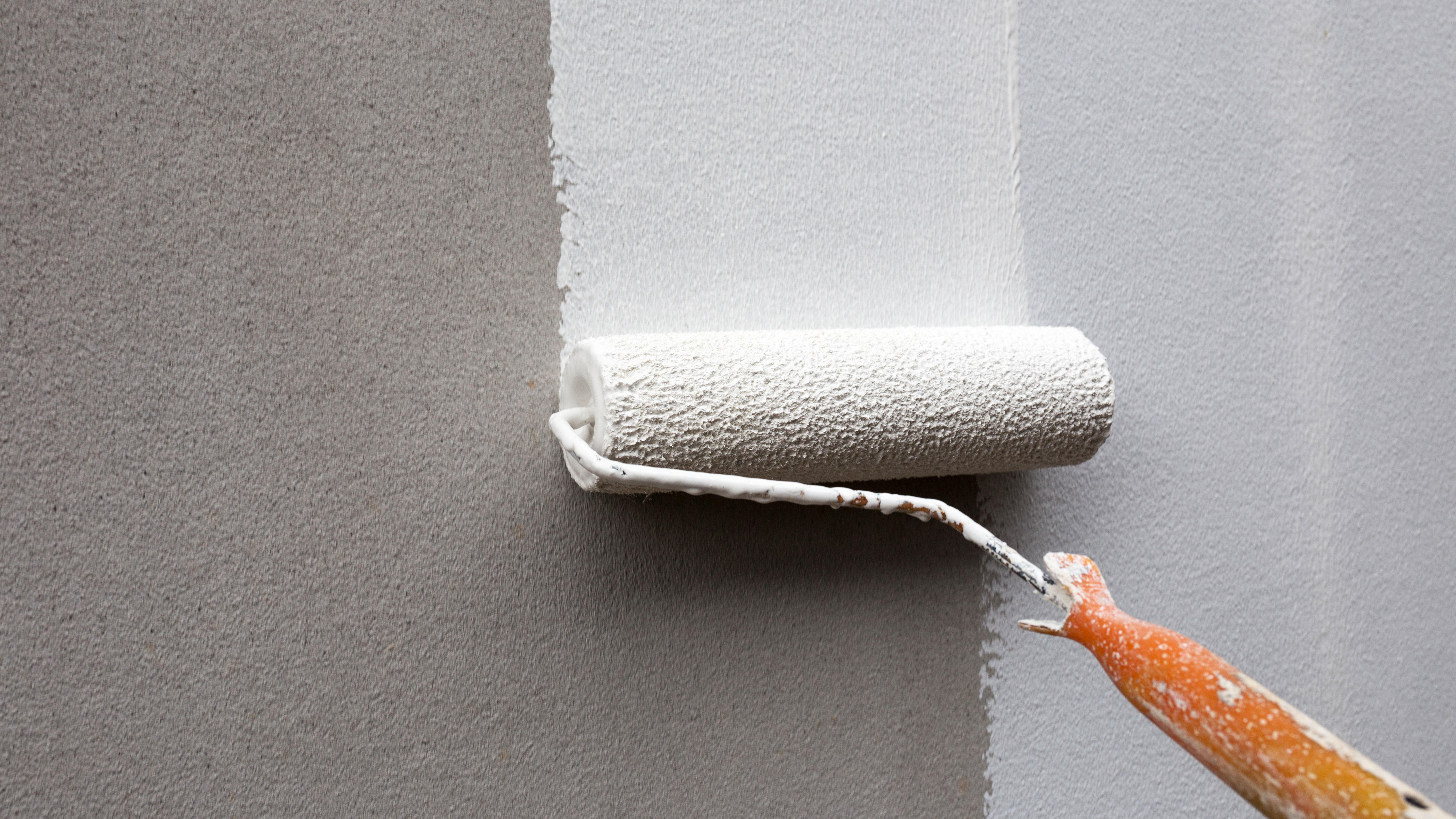


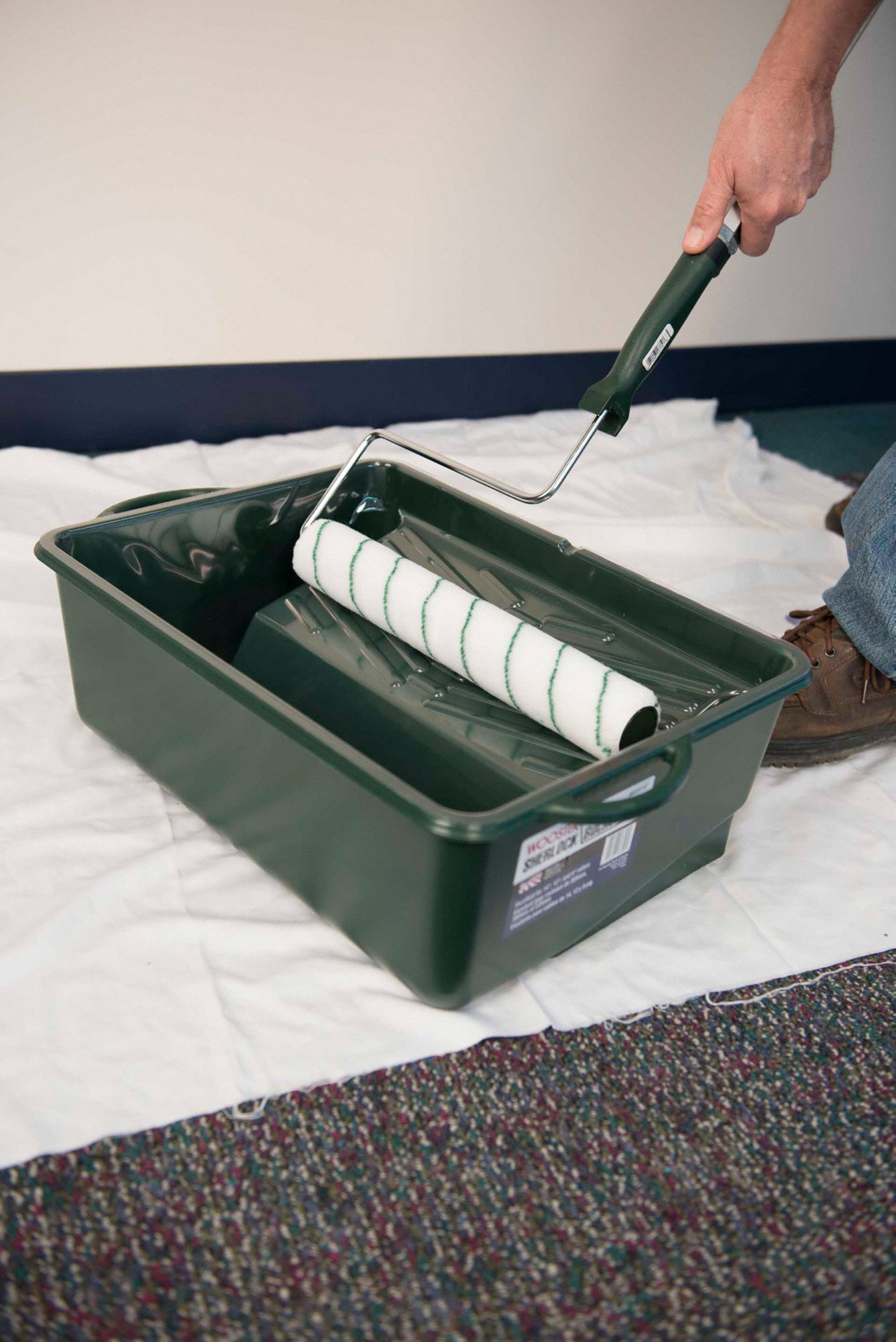



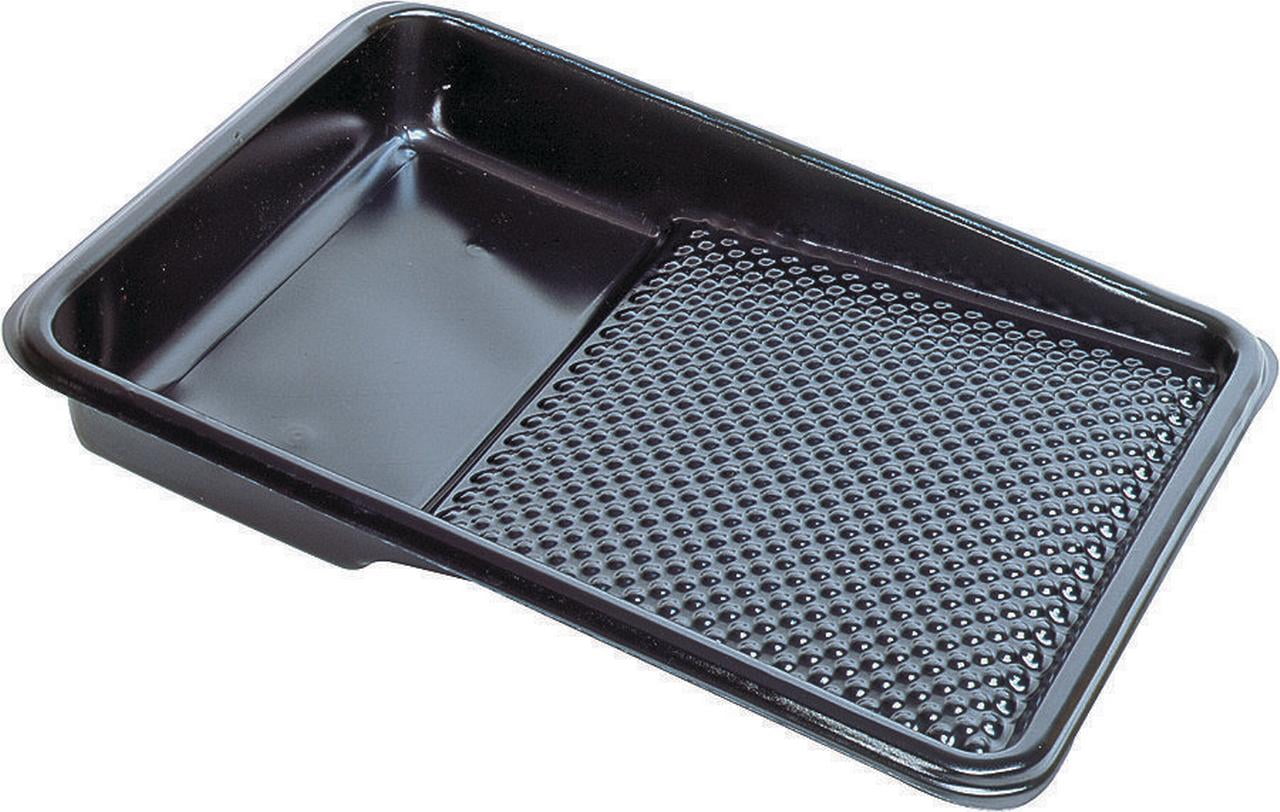

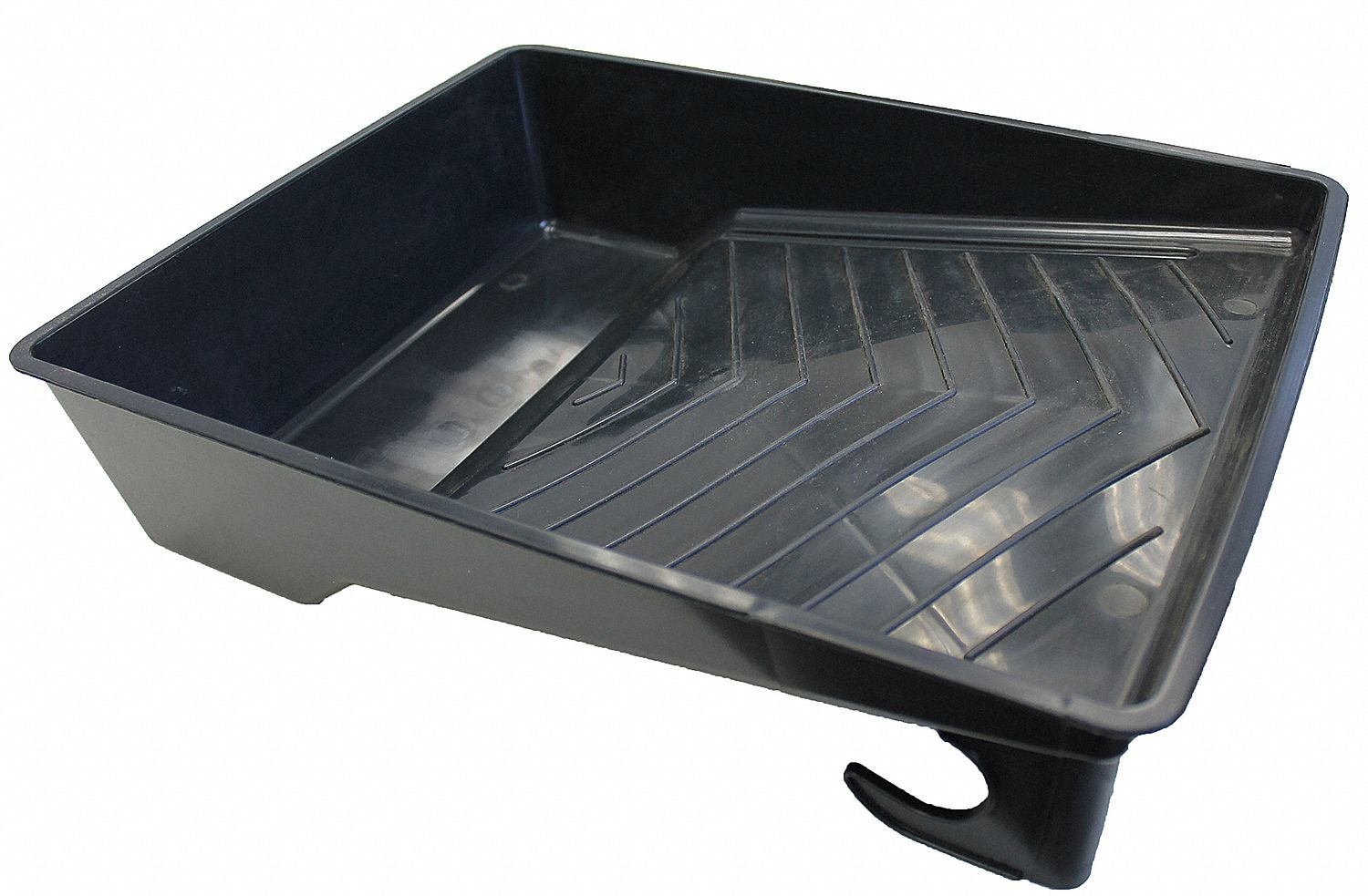
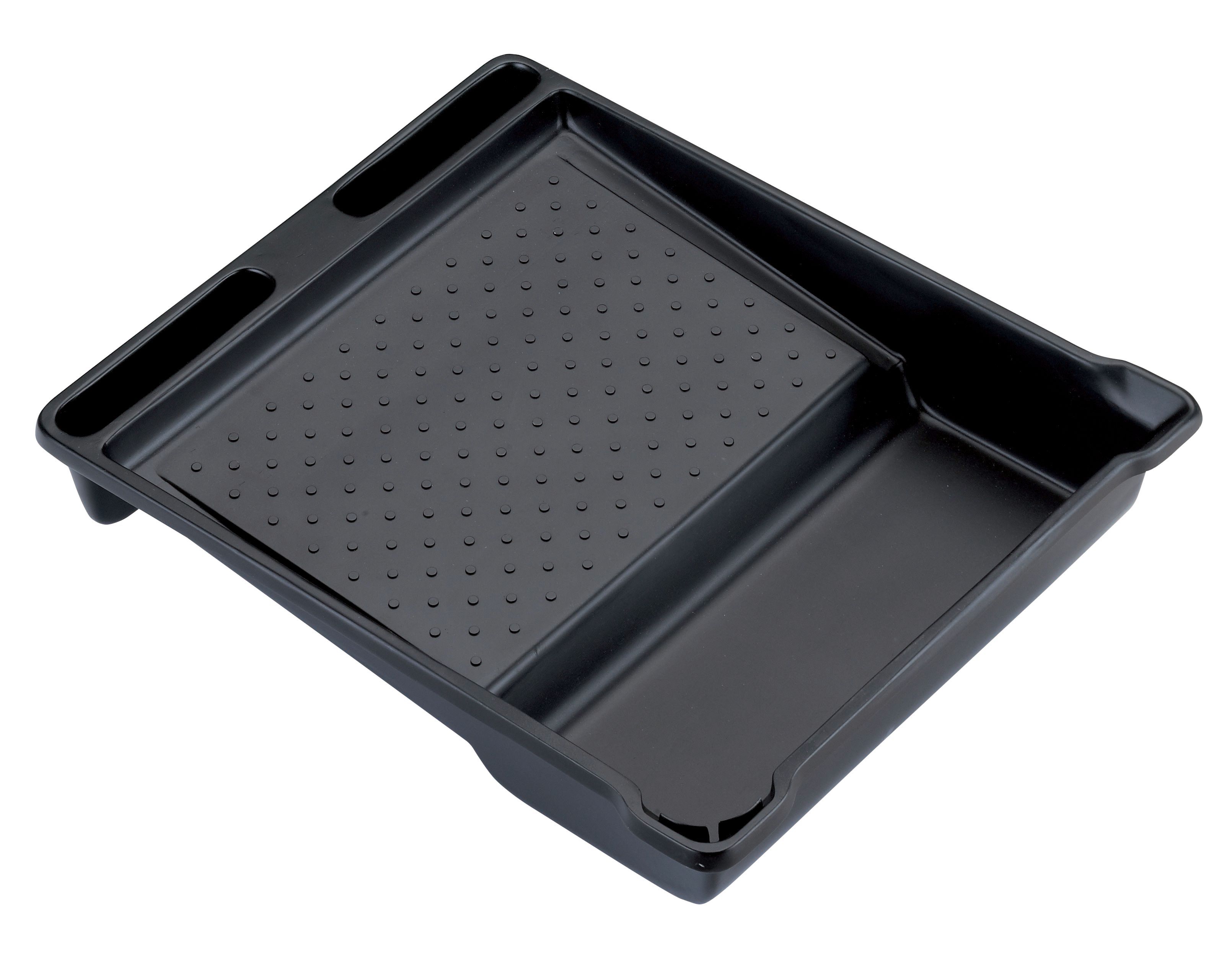


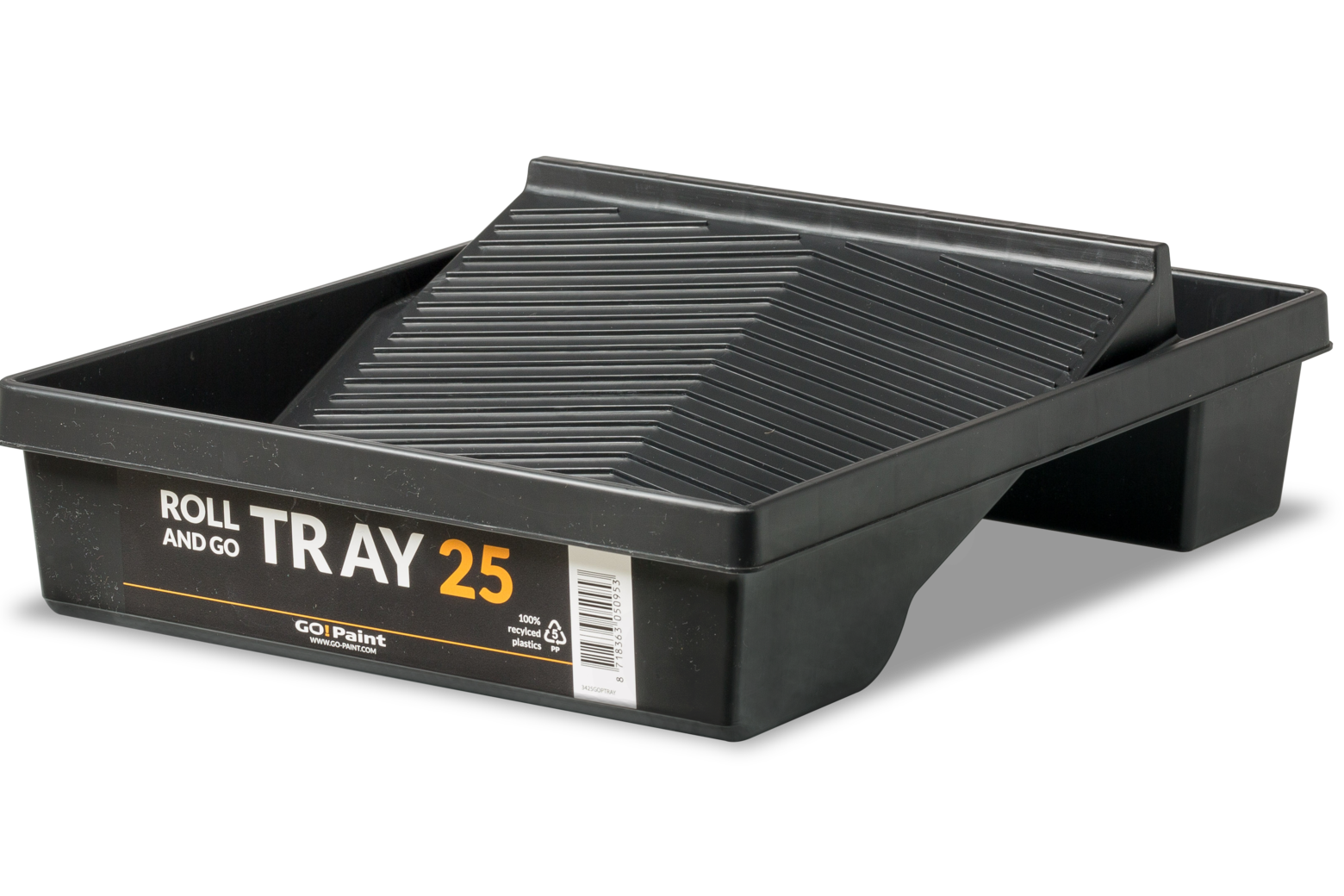



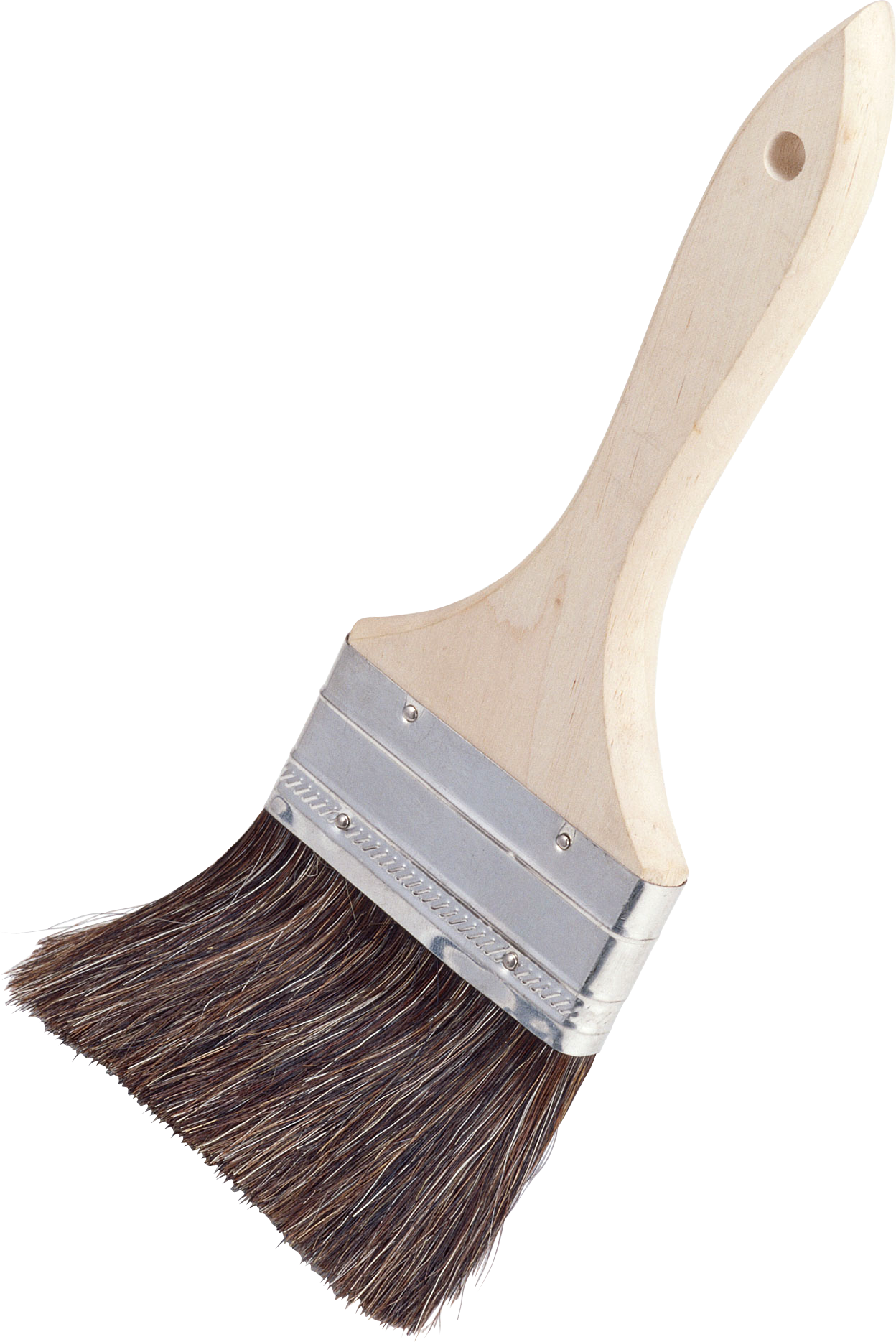
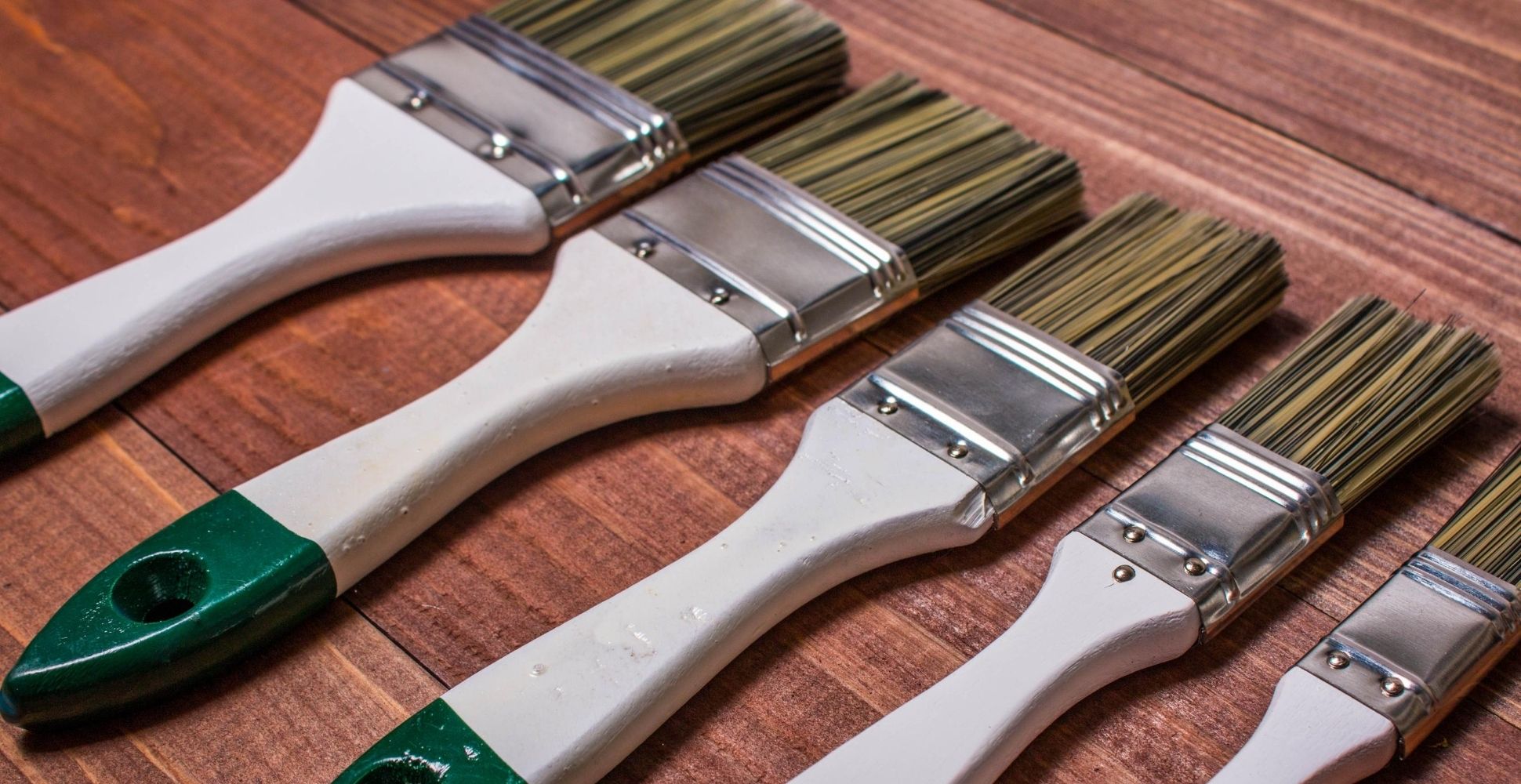
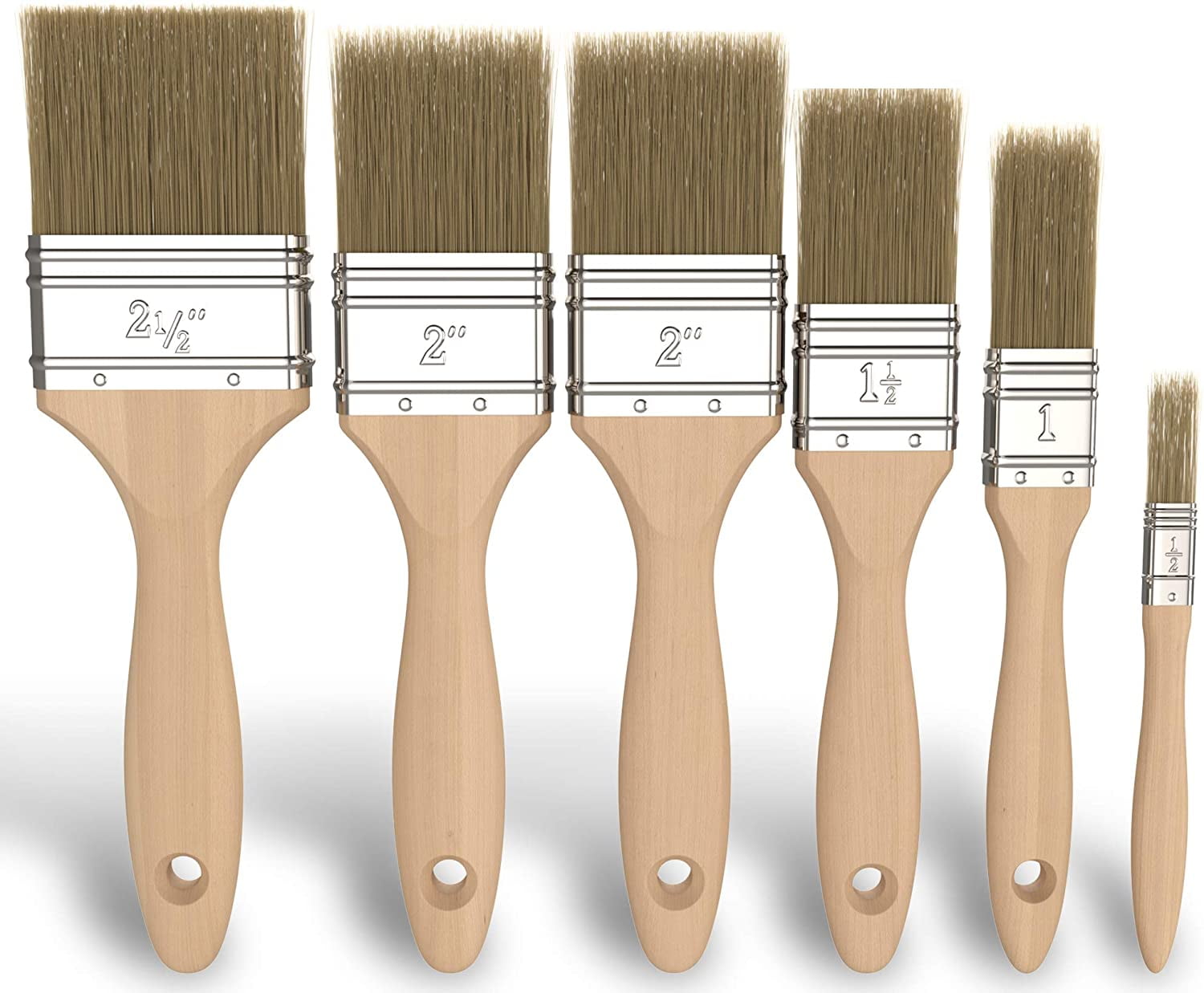
/paint-brushes-139613265-5817711f5f9b581c0b53b9a4.jpg)



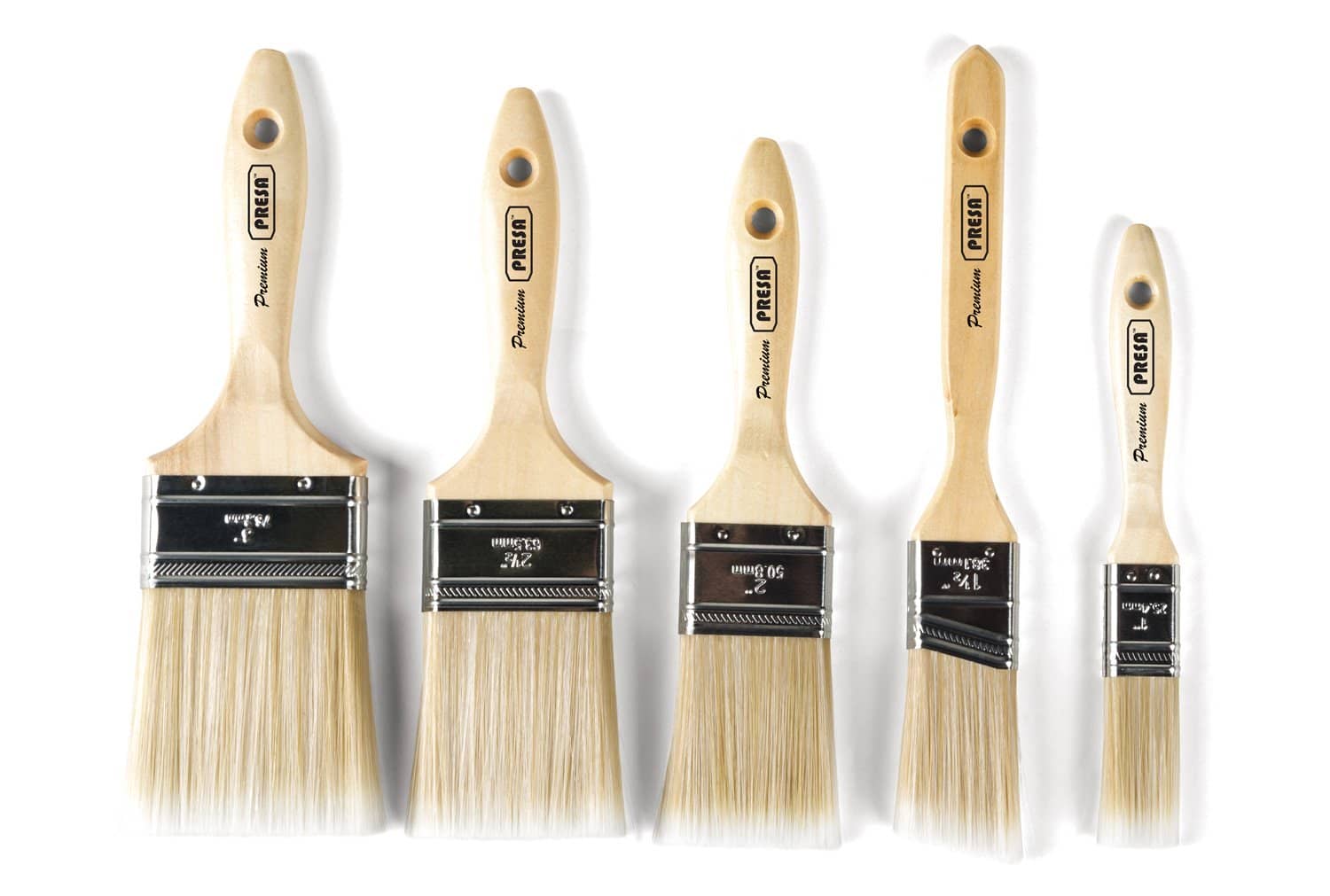






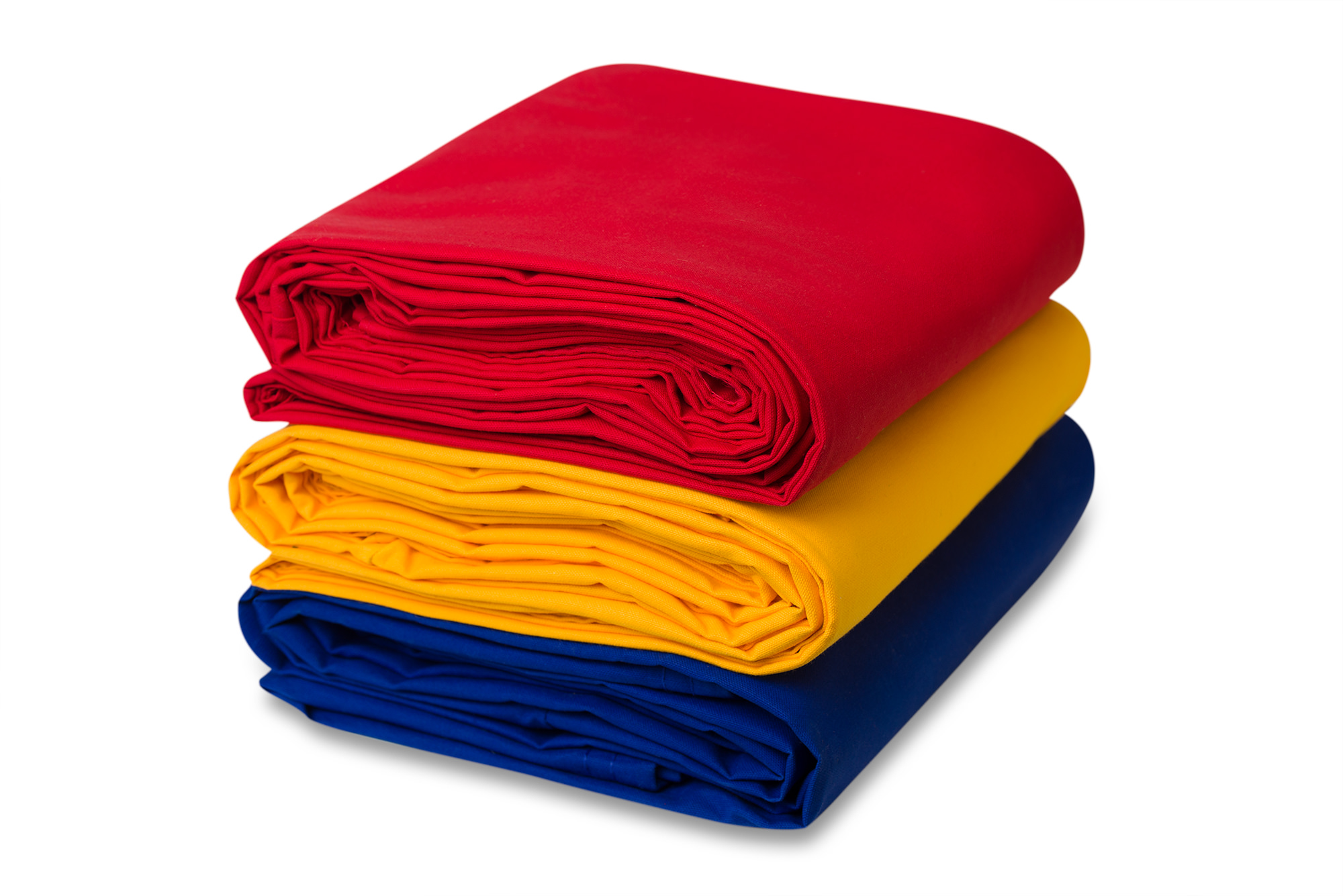
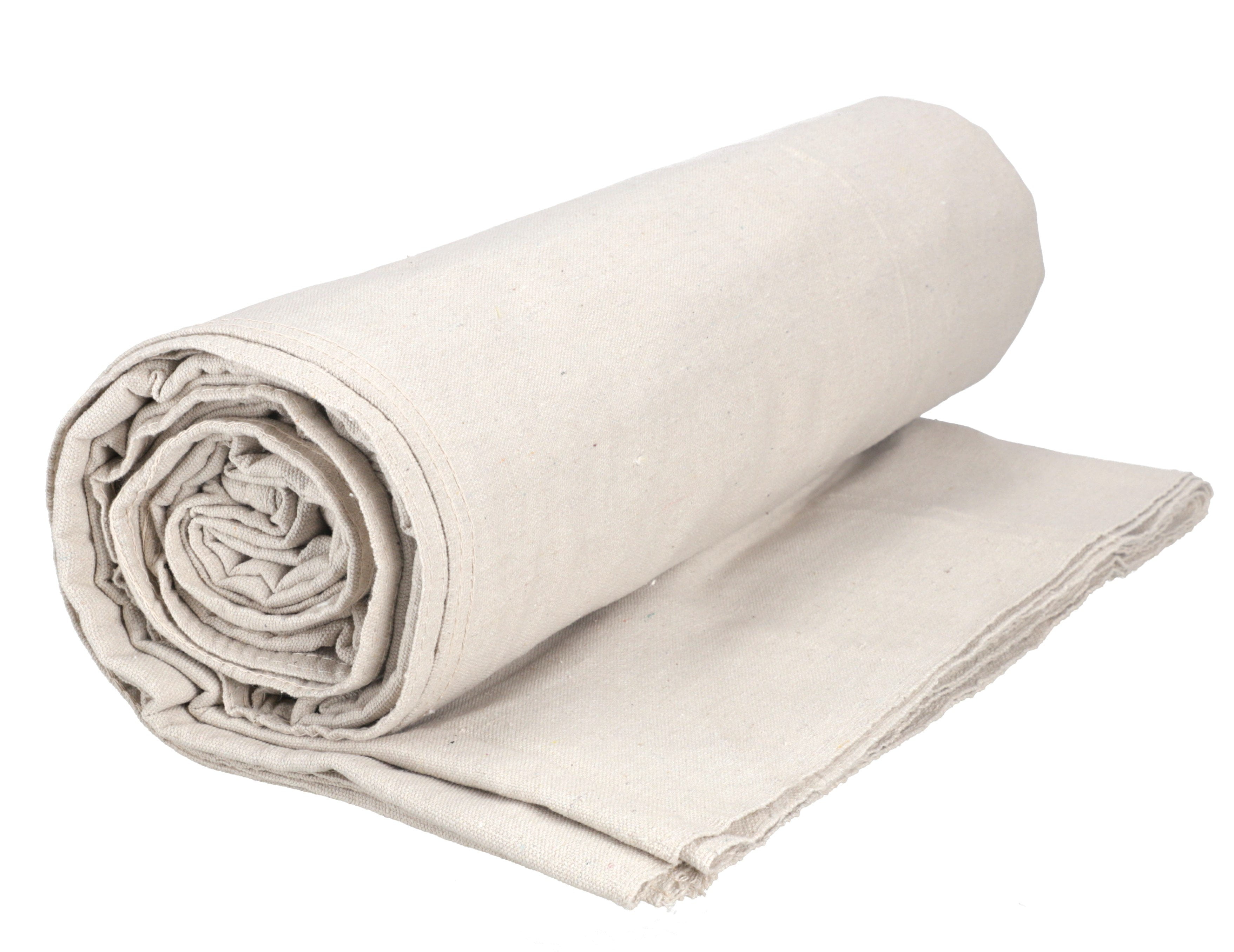

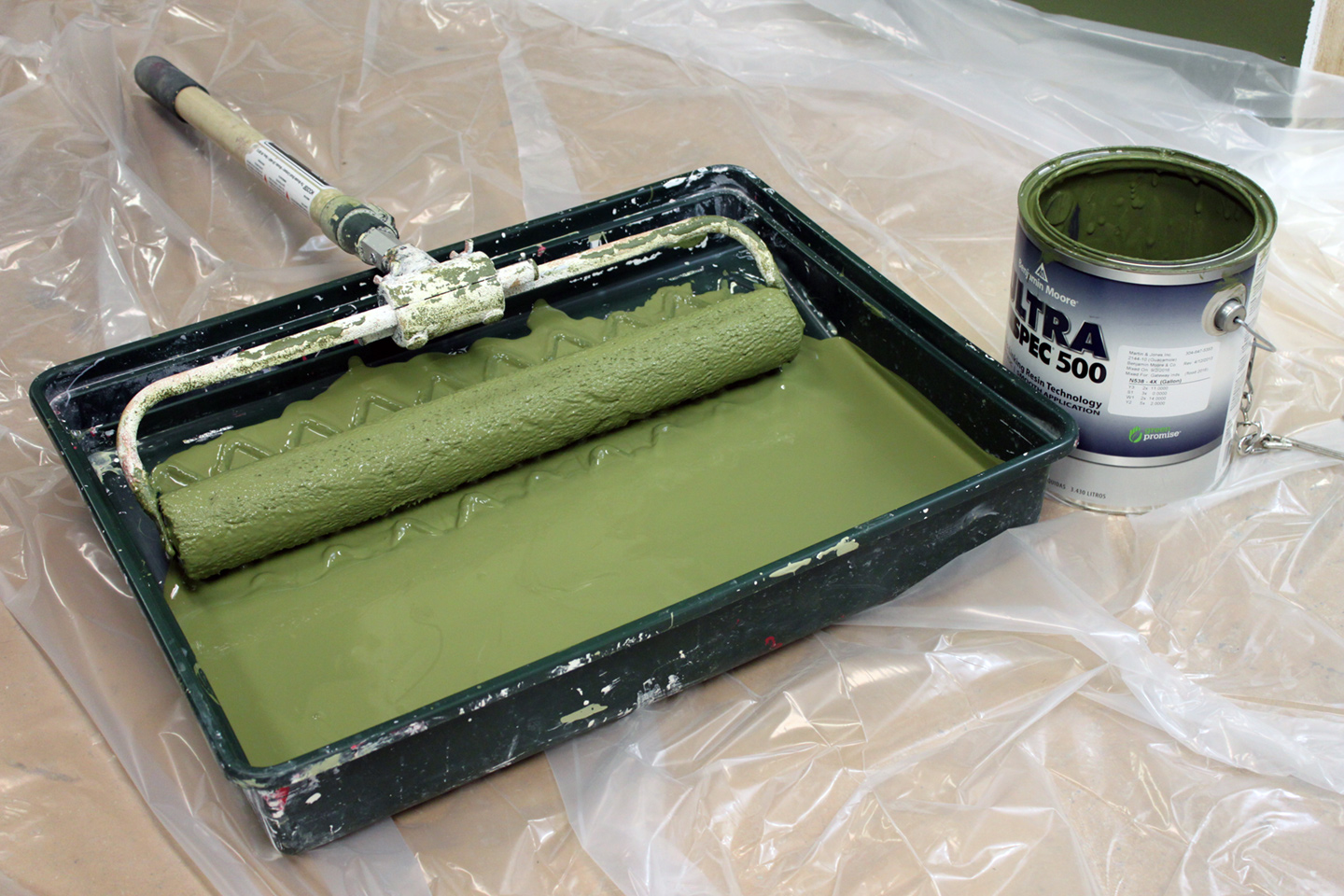






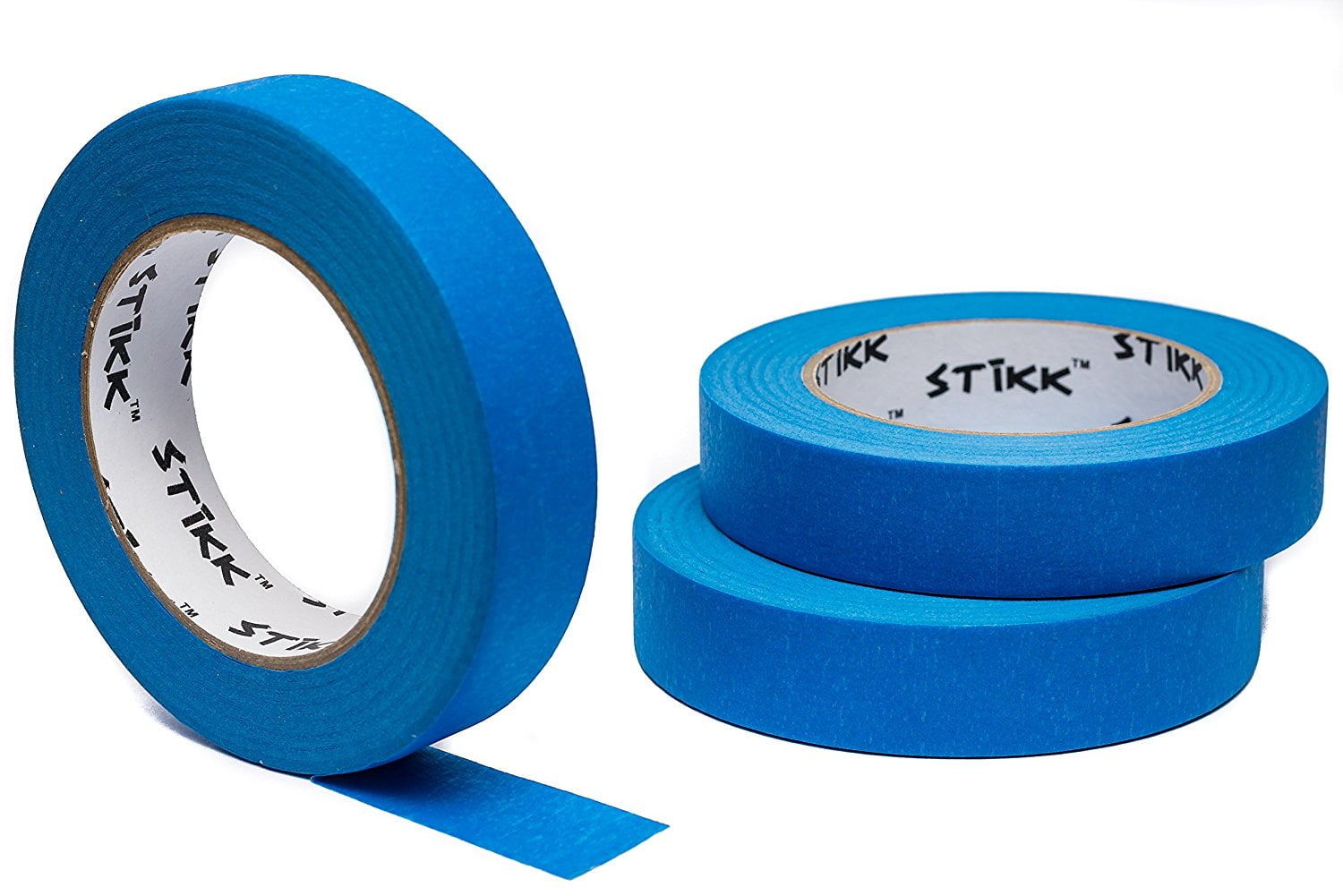
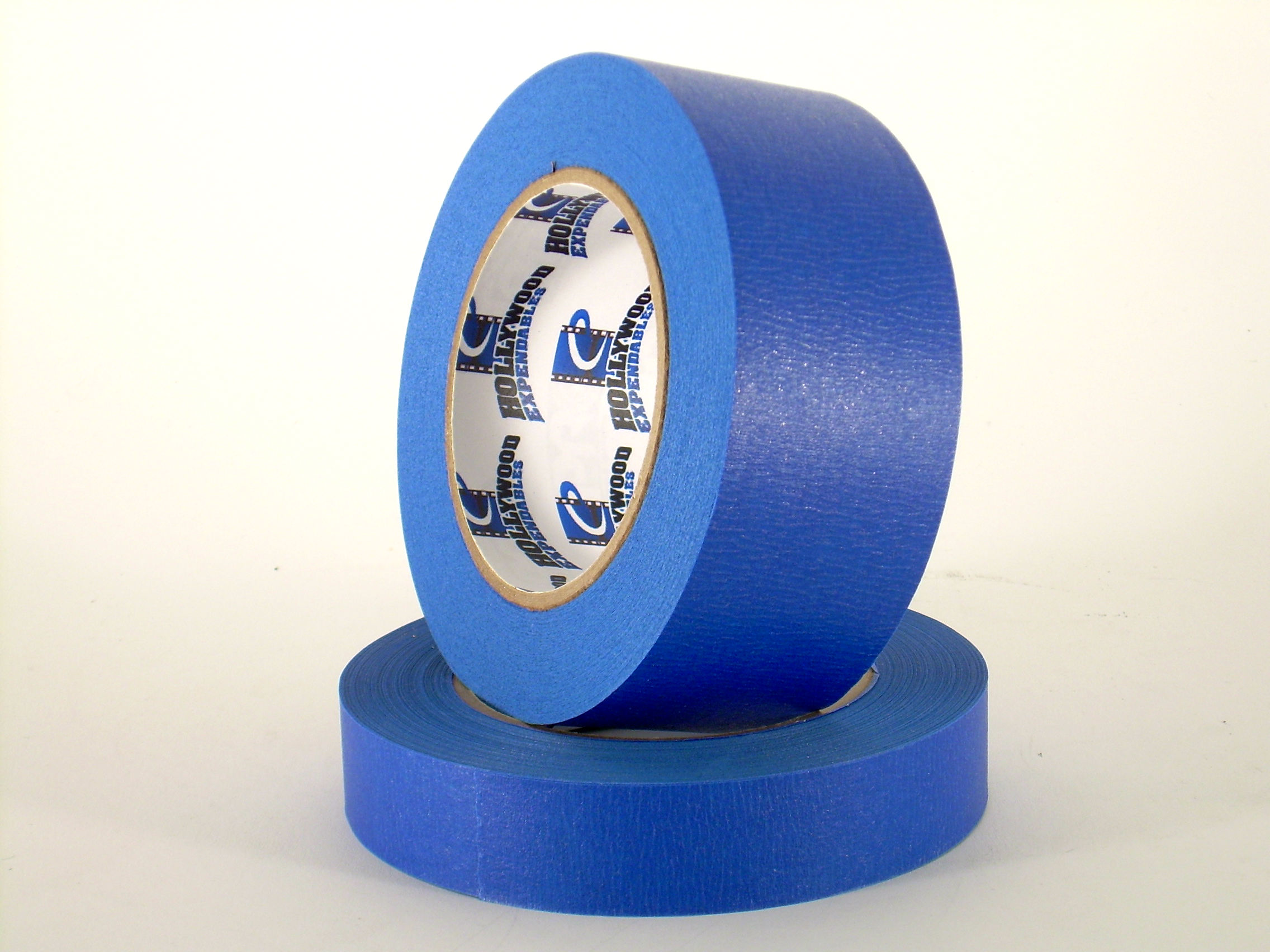









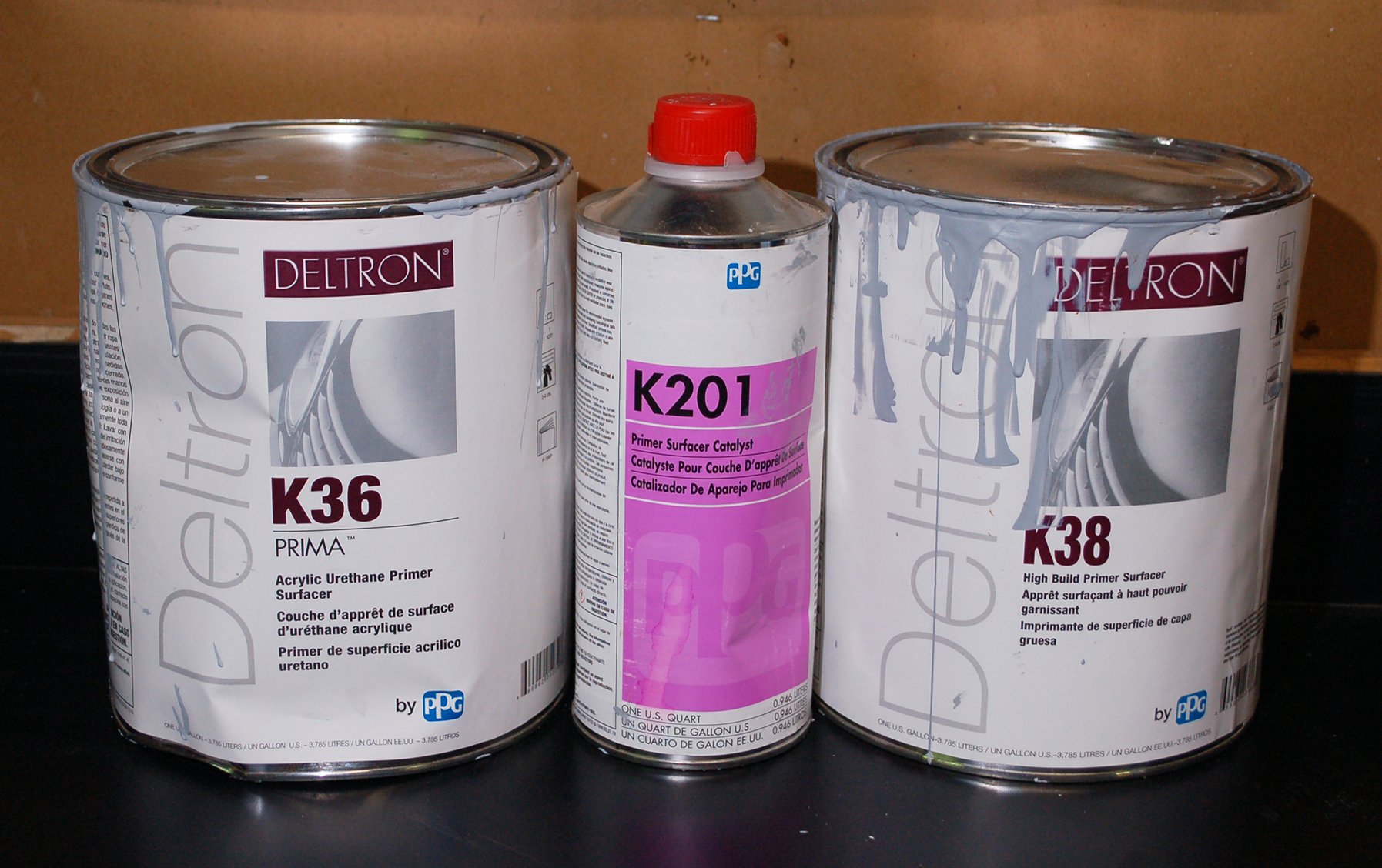
:max_bytes(150000):strip_icc()/PAINT_PRIMER_0595-da2278a0544f4478a20f7cf2a189a814.jpg)

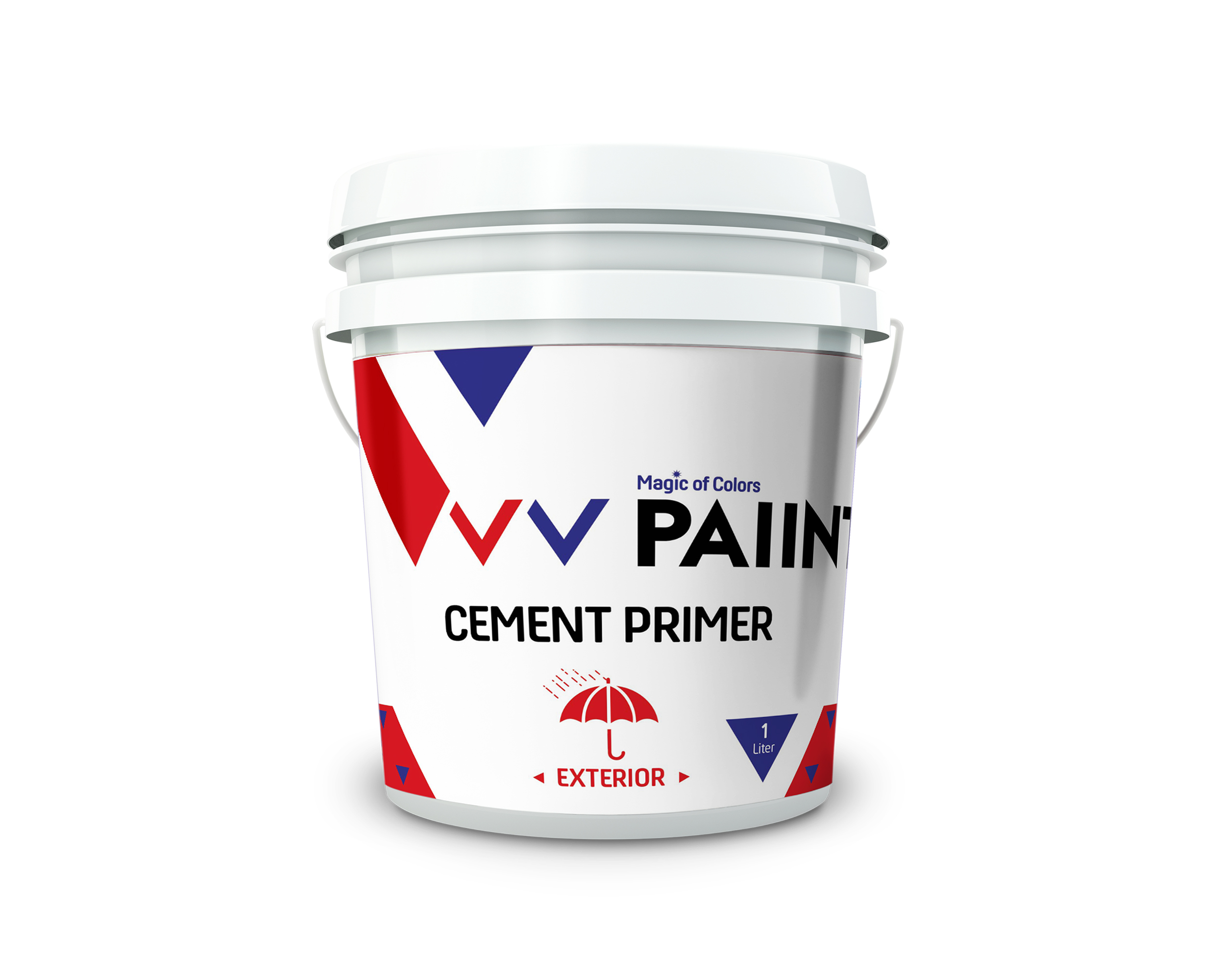

.jpg)

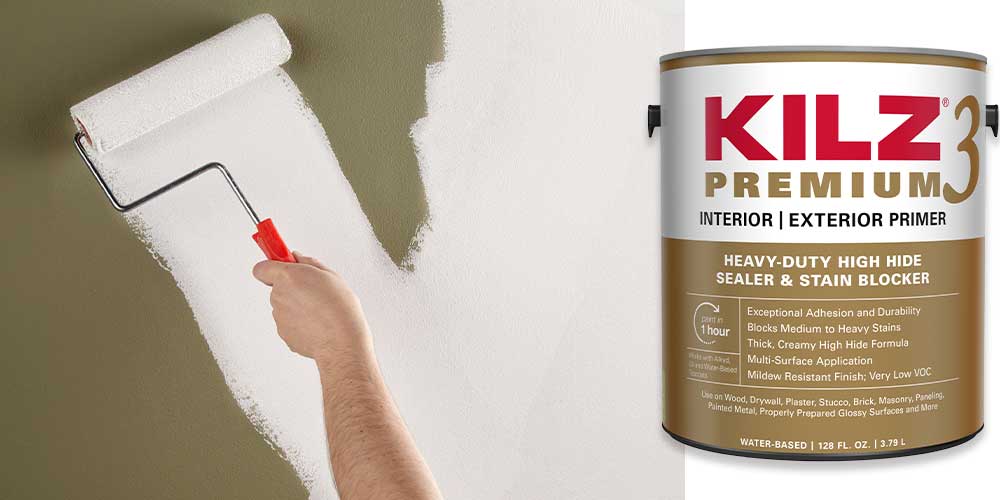



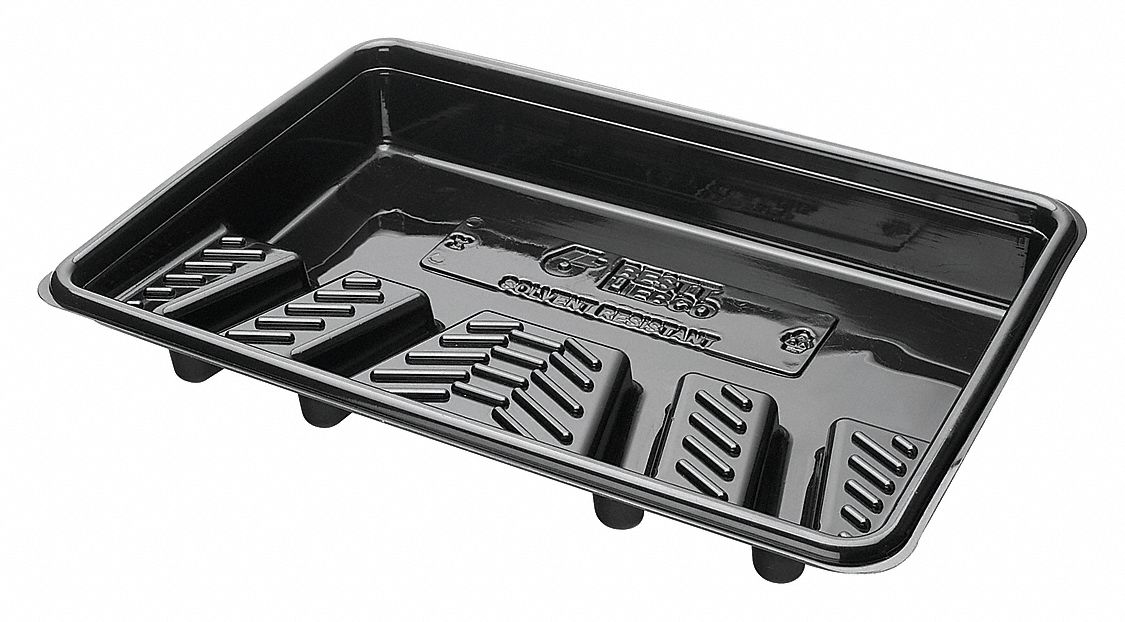
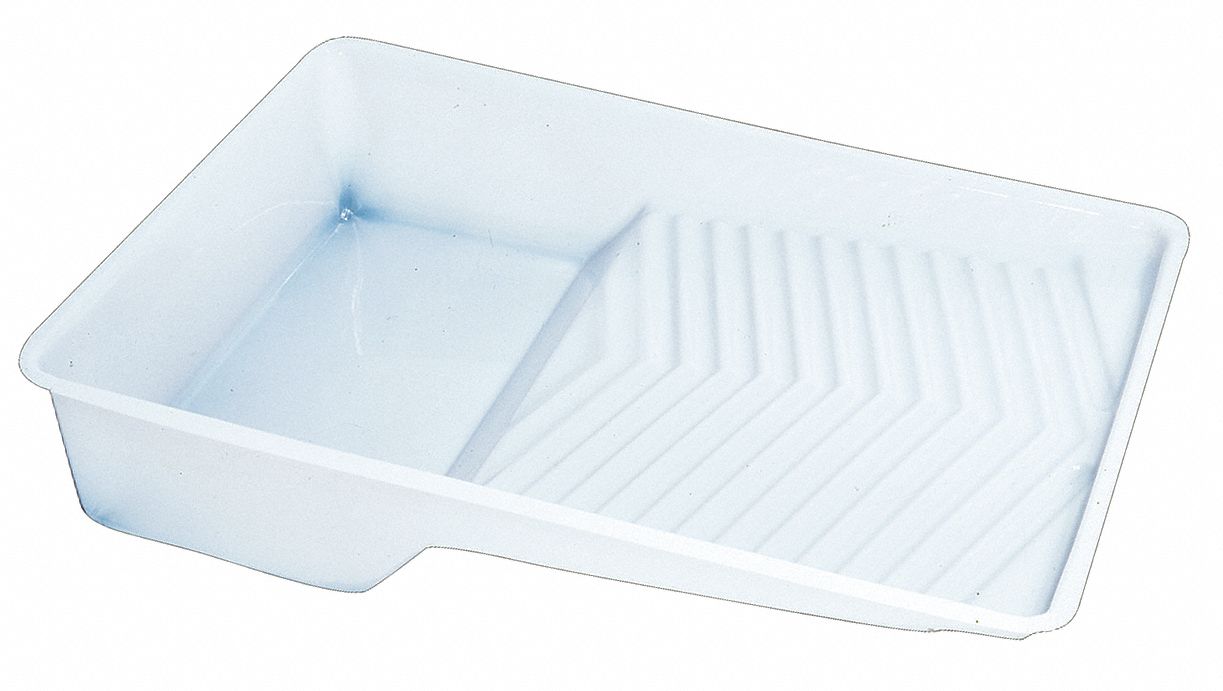
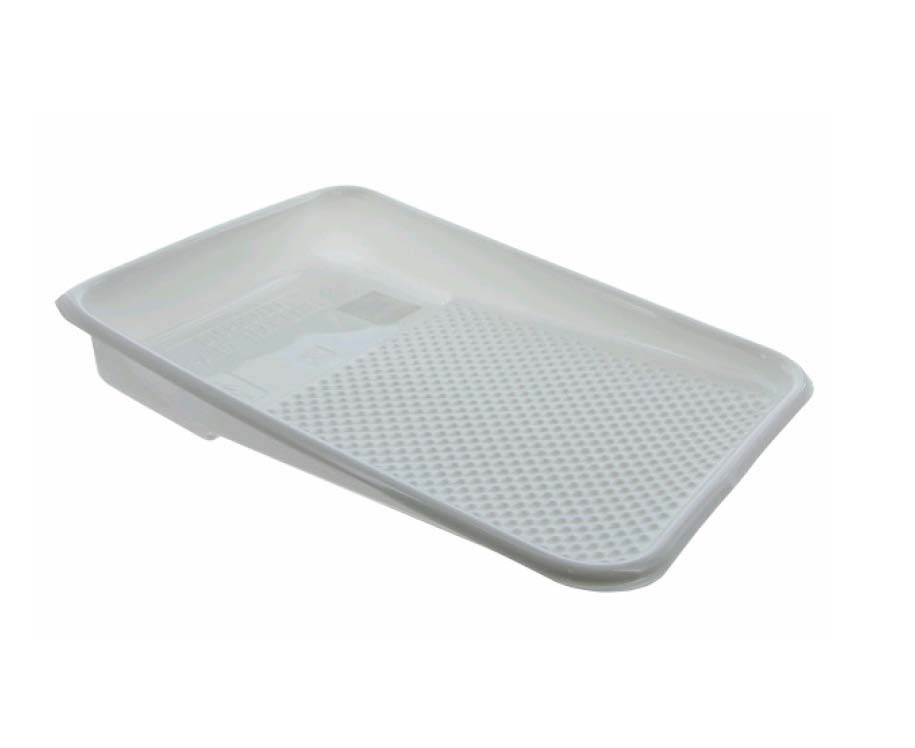

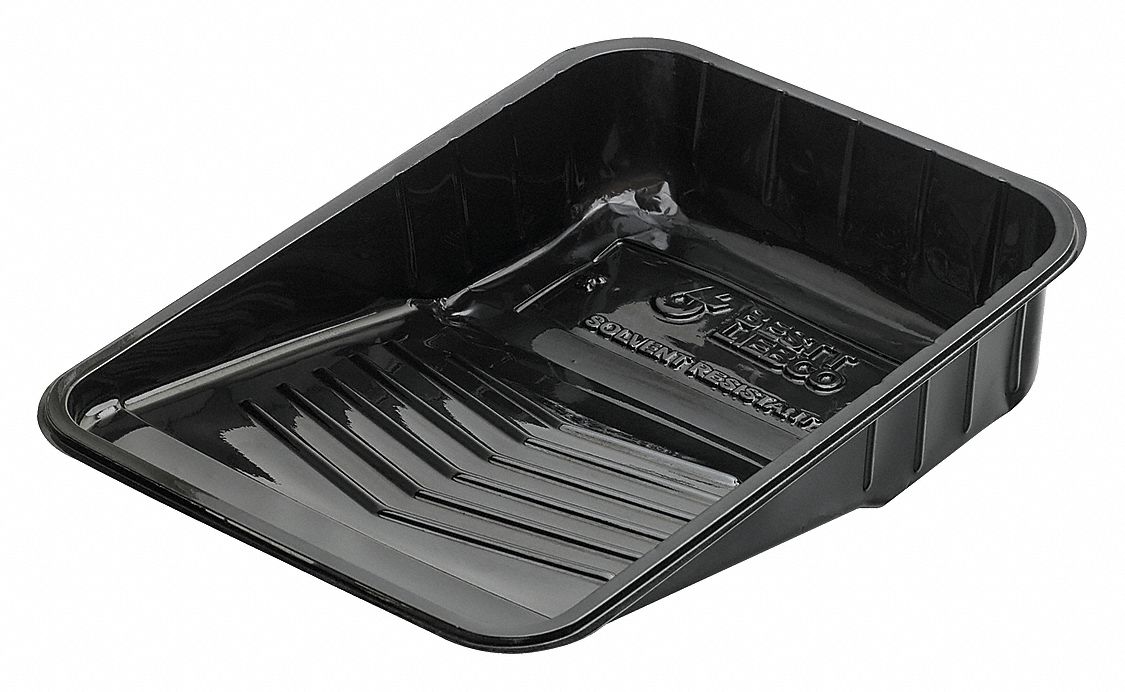


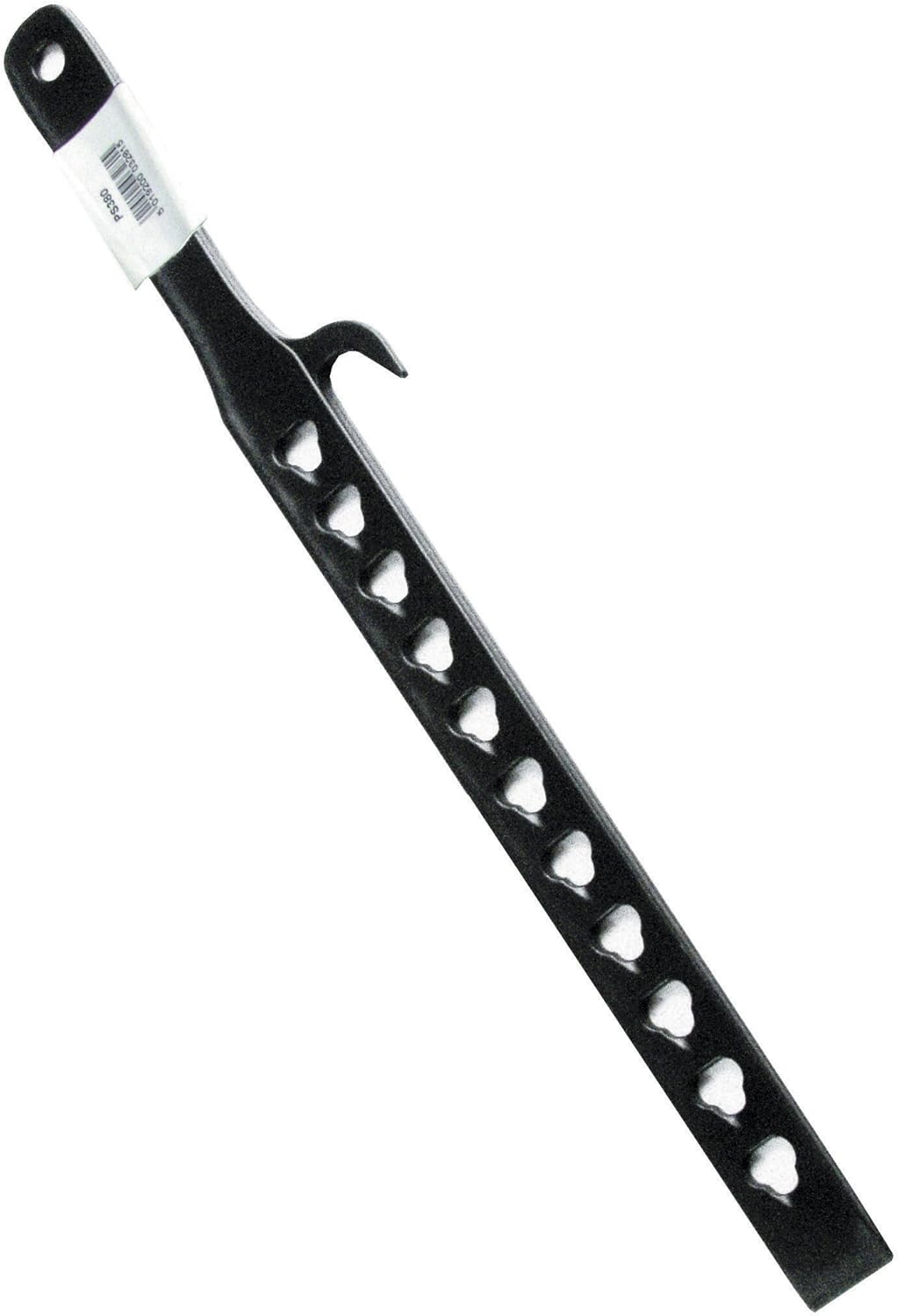



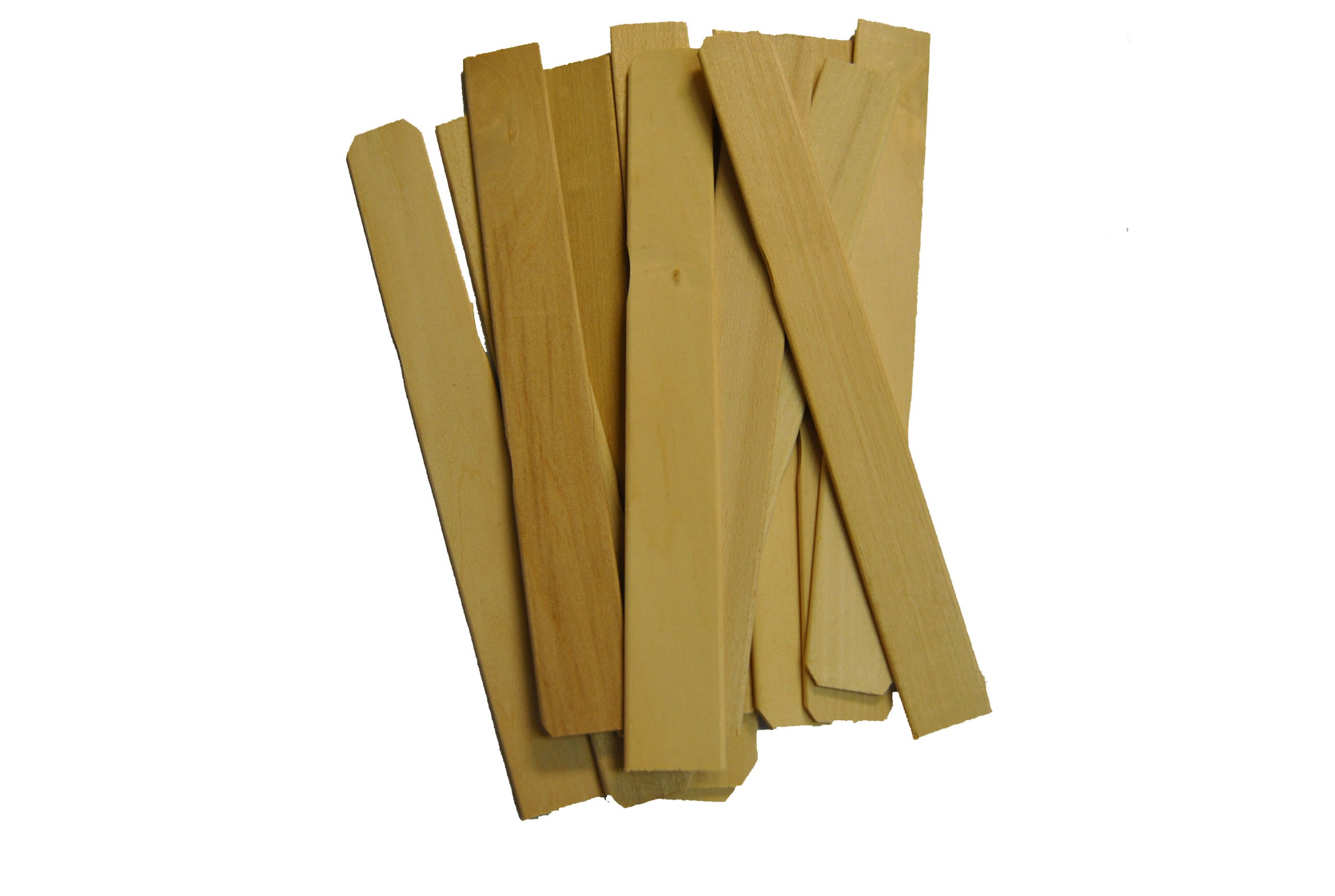



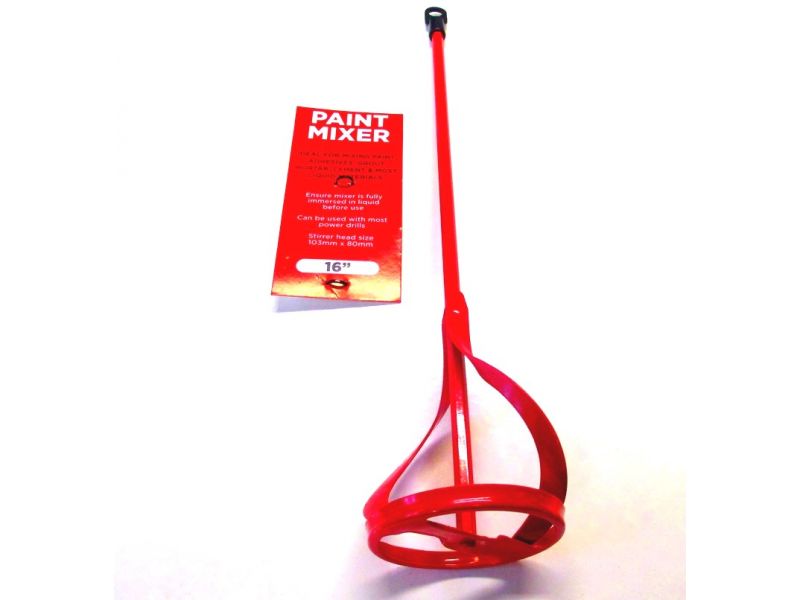
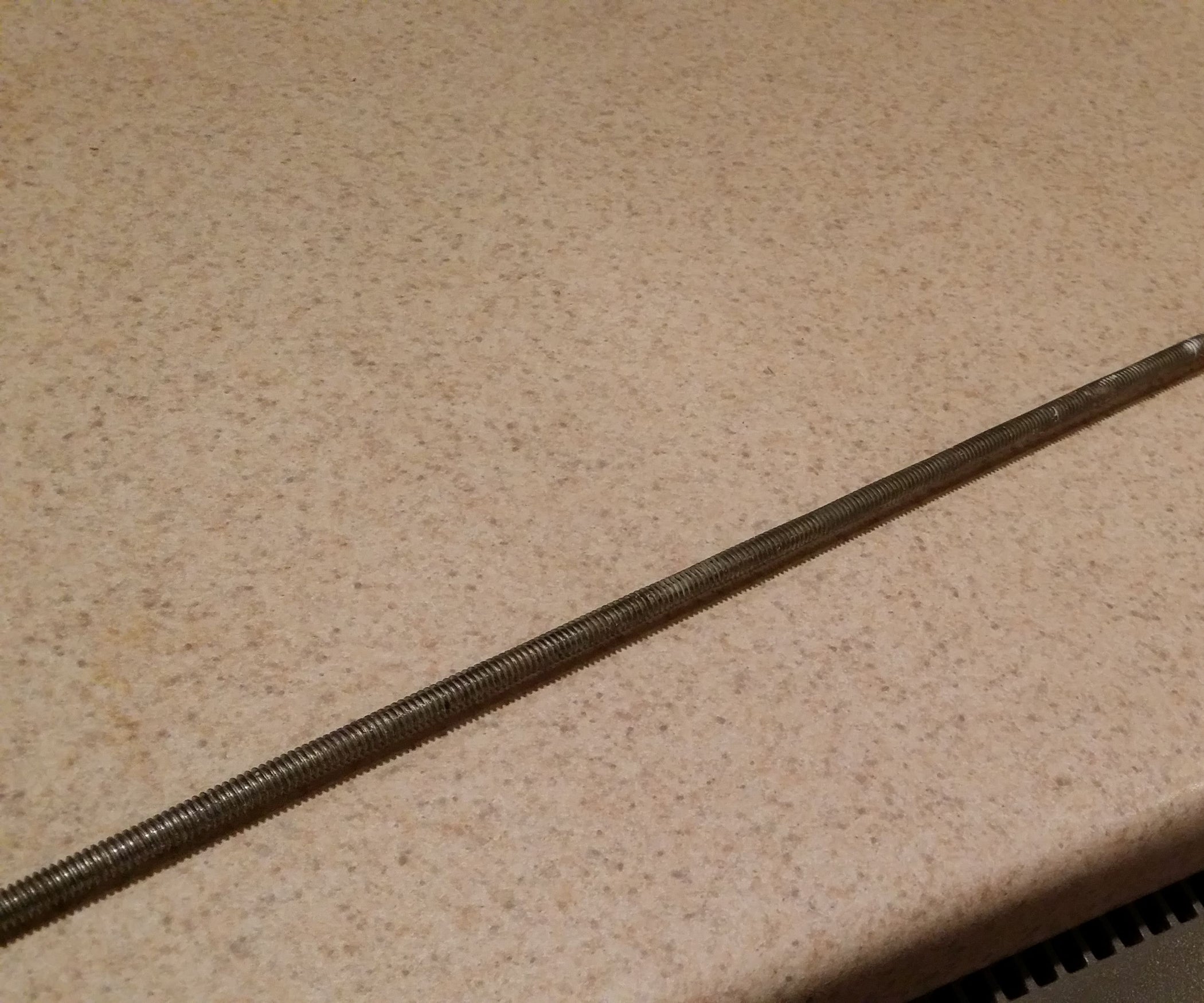
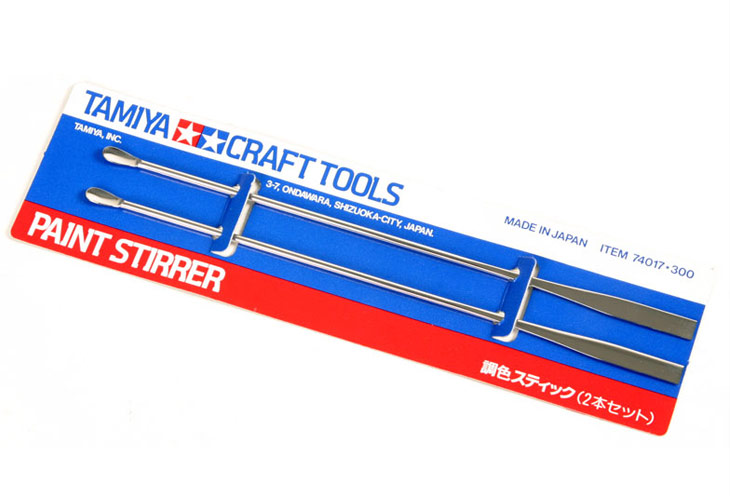

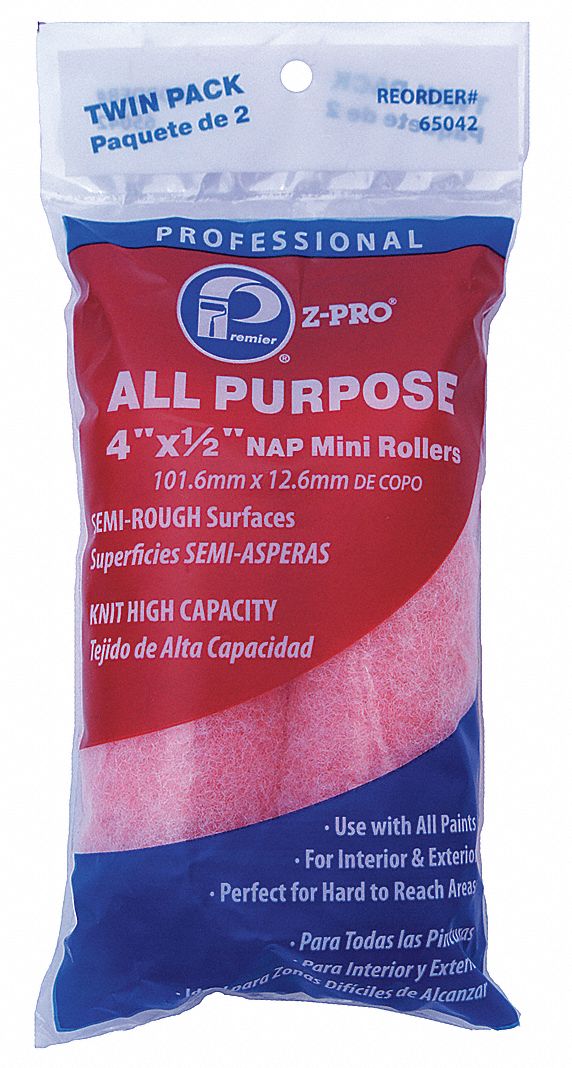



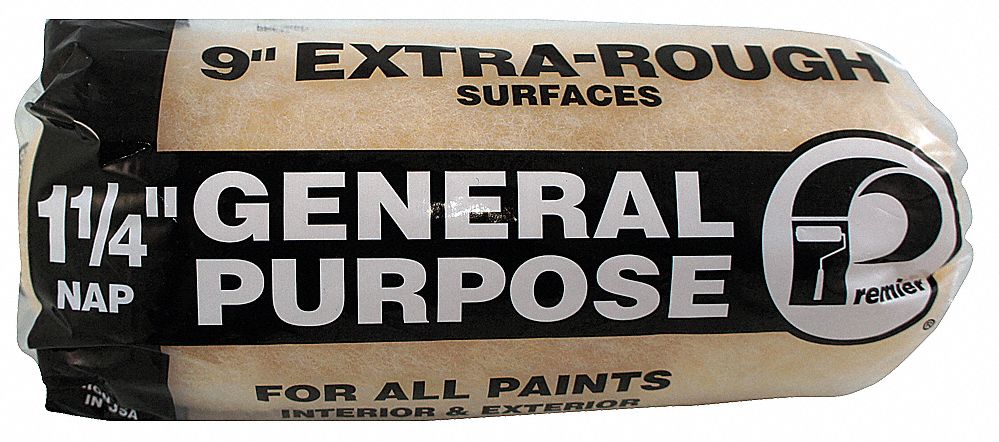
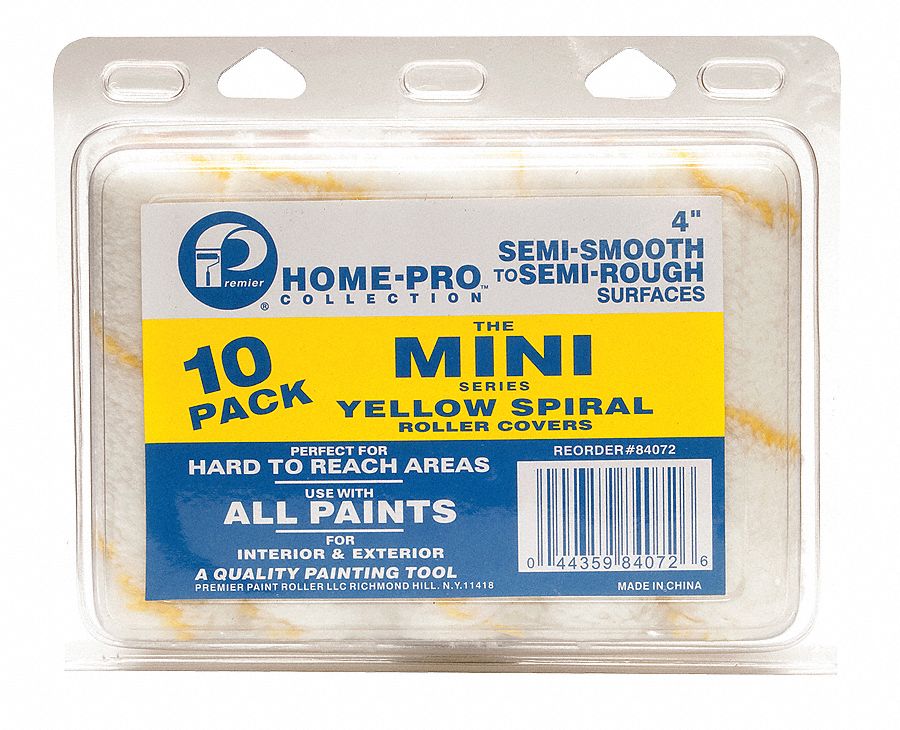
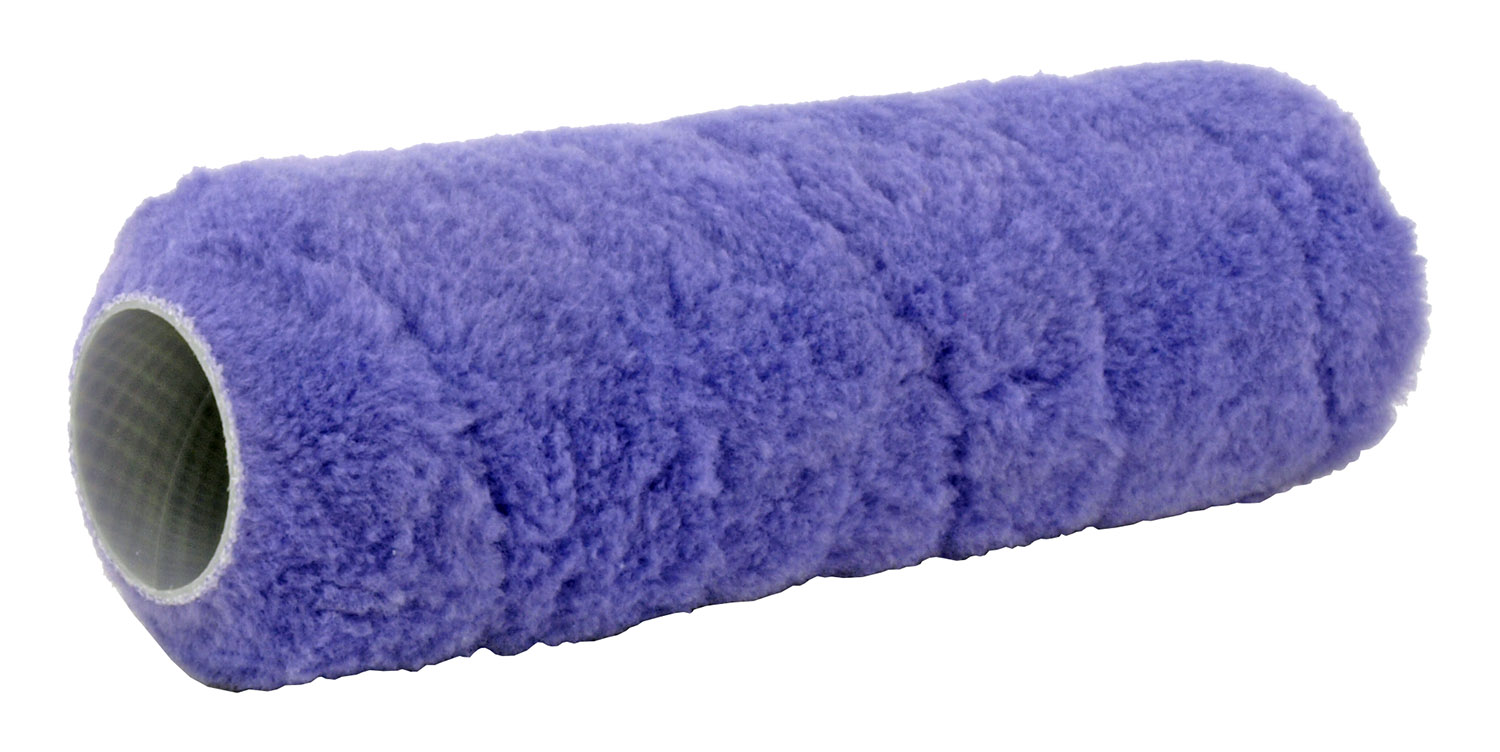
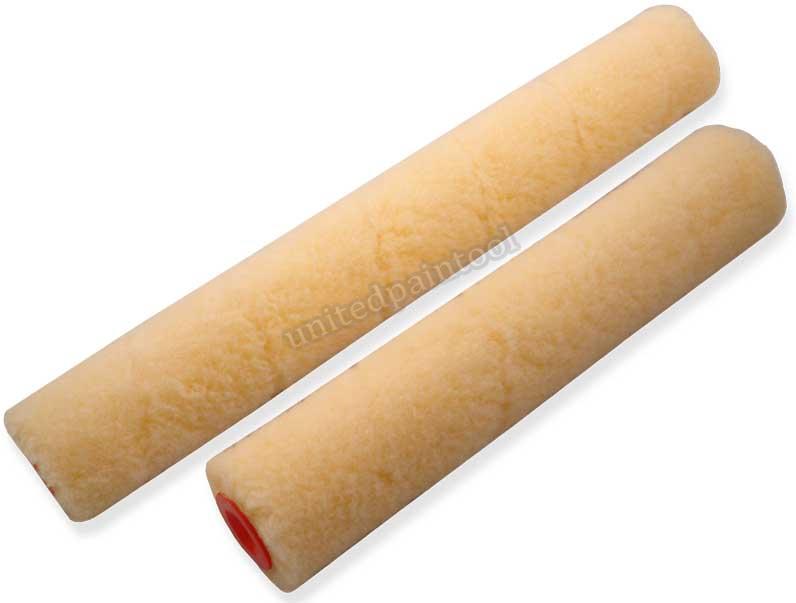


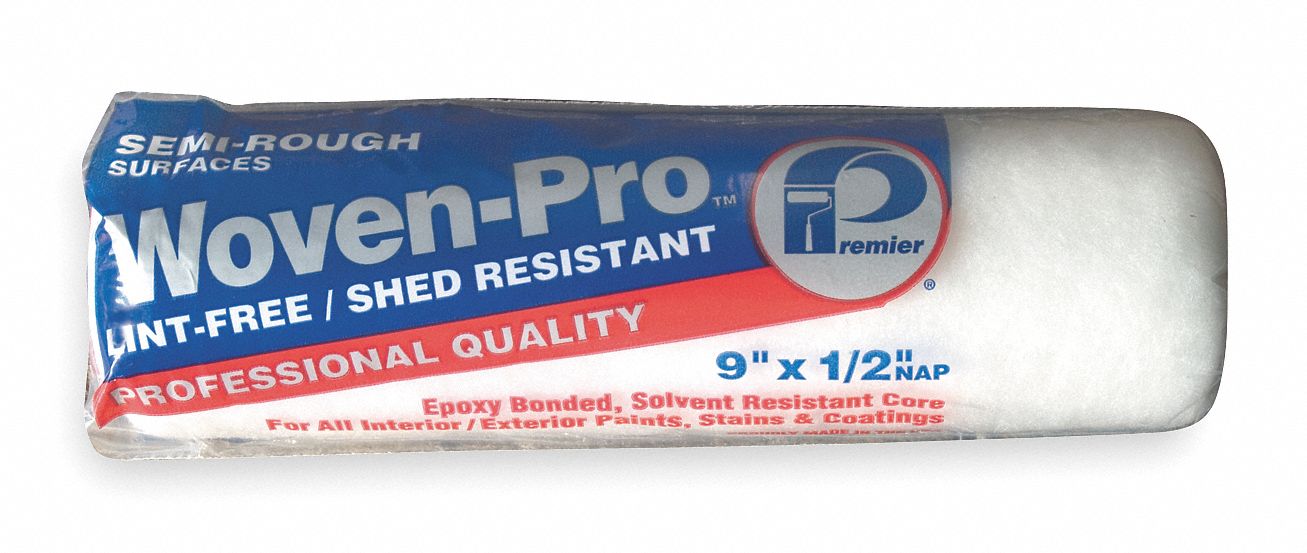
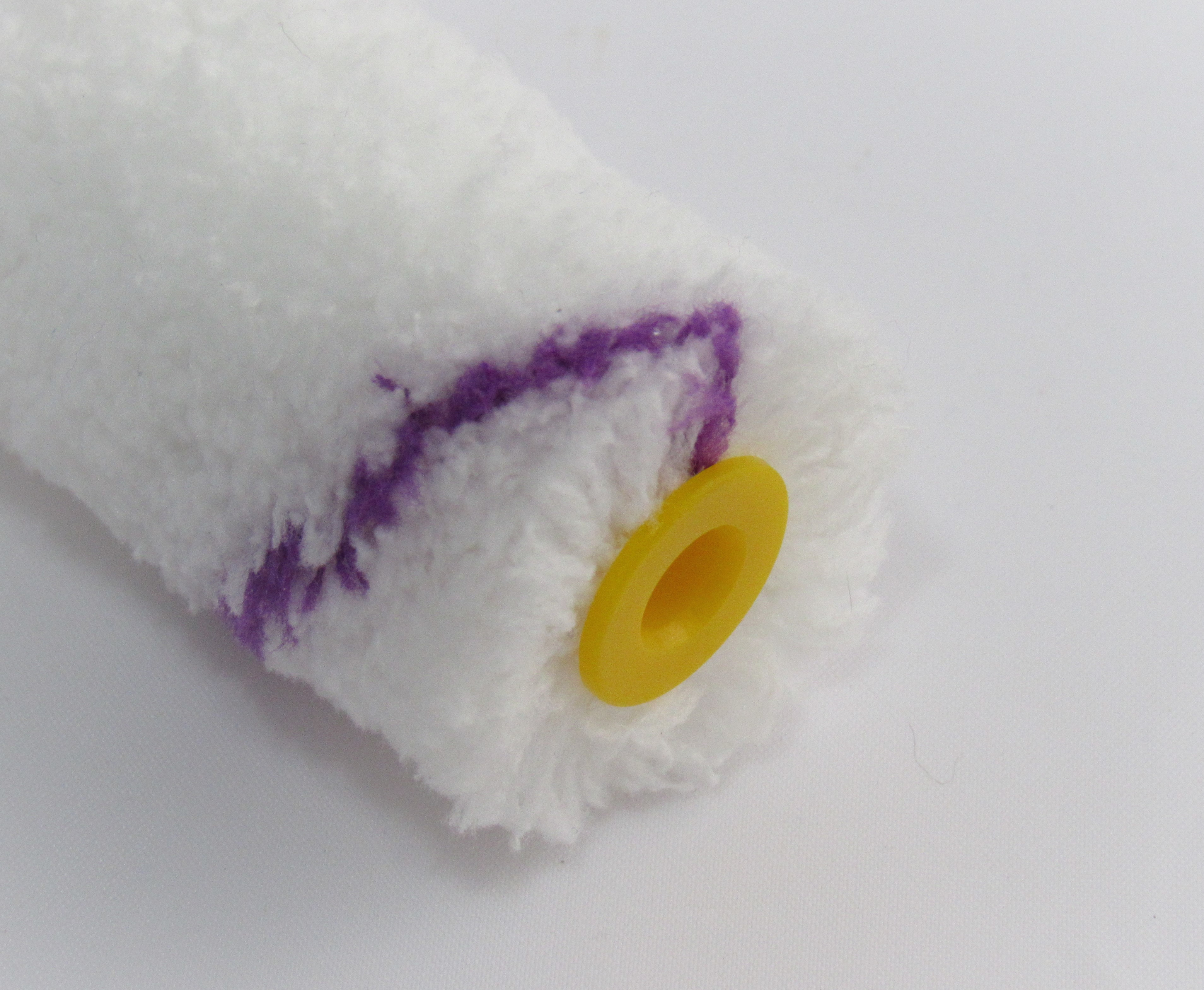
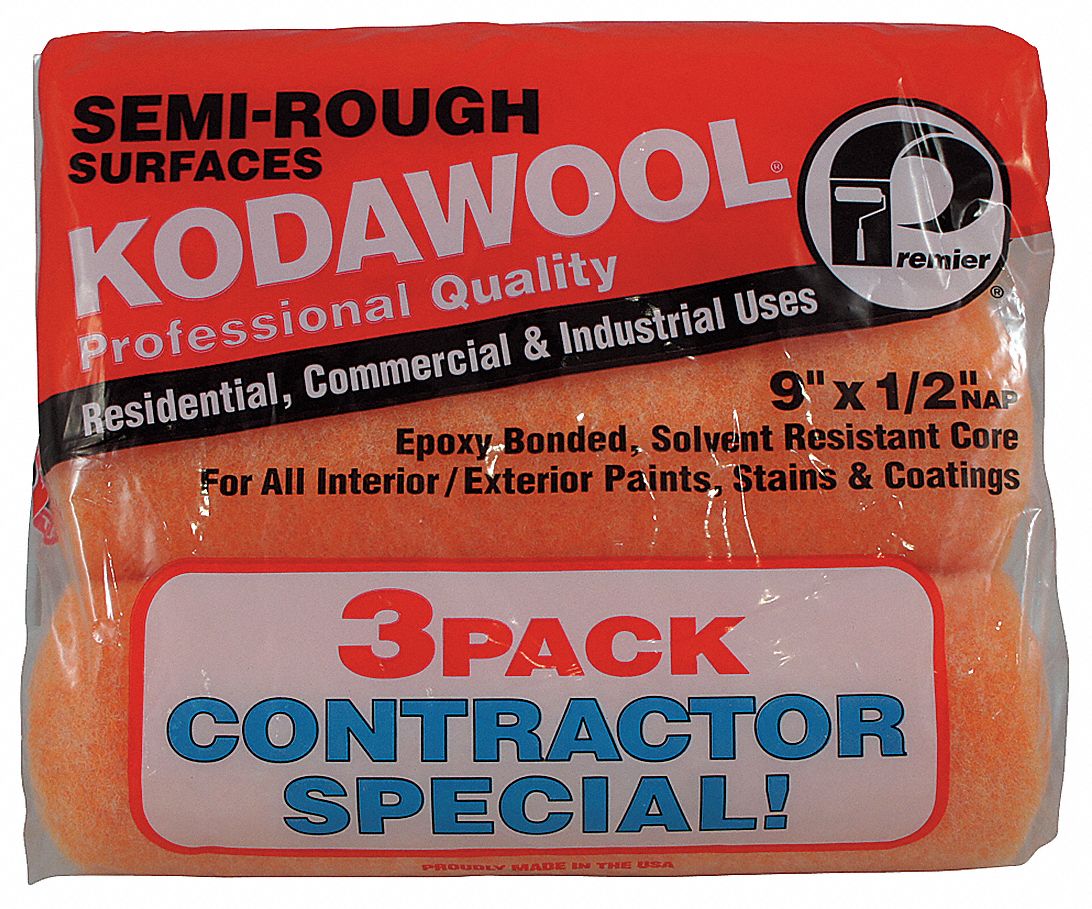




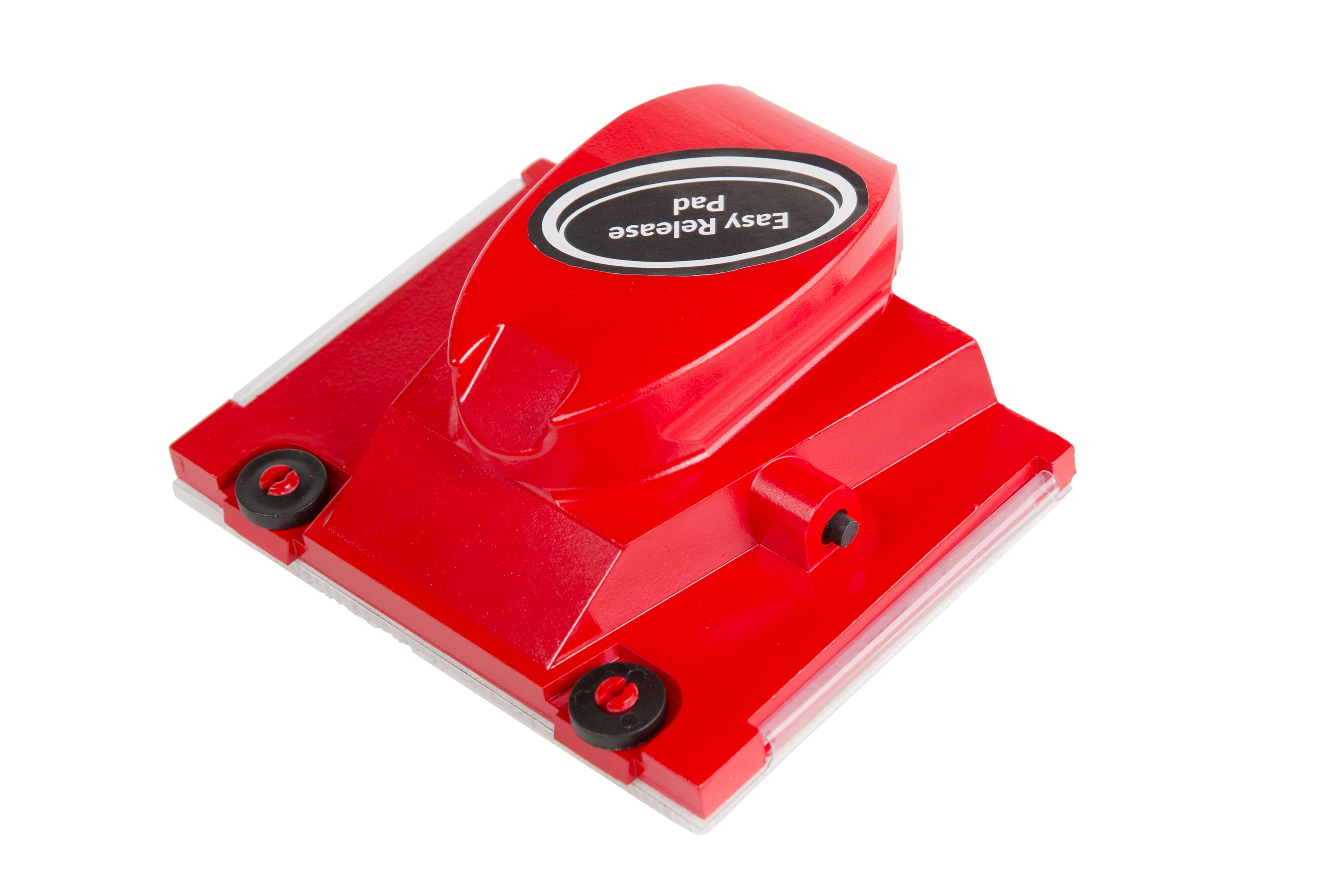
:max_bytes(150000):strip_icc()/81ivtJtqosL._AC_SL1500_-d5d8fa04ce9f41c7884405ed156a9d56.jpg)
